HD Pentax-DA 55-300mm F4.5-6.3 PLM WR RE
Sharpness
Sharpness, or the ability to resolve small details, is an important measure of the performance of a lens. Sharp images let the viewer concentrate on the composition, color and light. On the other hand, soft images (except when looking that way on purpose) distract the viewer and decrease the perceived quality of the picture. For many users, sharpness is the overriding concern when buying a new lens. After all, sharp lenses produce images that "pop" better than soft ones, adding a sense of lifelike realism to each shot.
The HD Pentax-DA 55-300mm PLM WR RE is a consumer lens, whose resolution is not expected to achieve the level of a Limited or star lens. Still, under the right conditions, its predecessor has long been recognized as a reliable performer. It would be surprising and disappointing if Pentax designers had crippled the lens's sharpness in order to introduce the retractable body.
There are many ways to evaluate sharpness. Some are quantitative, such as the number of lines per millimeter that can be resolved, while others are comparative, such as using a standardized scene to pit lenses against one another. The latter is the favored method at Pentax Forums.
Test Setup, Star Chart
In order to evaluate sharpness, we photograph a standard test chart (or "star chart") that can be used to compare lenses to one another. The general rule is that the distance from the lens to the test chart must be 100 times the focal length of the lens. For our lens, this means a distance of 5.5 meters to 30 meters.
The test is not designed to show how good a lens can be. Quite the contrary: it is a stress test designed to put the lens at its limits to show where it falls short. The test shows the apertures where the lens performs best, and makes it possible to compare with another lens.
Our test has the star chart put successively at the center, edge and corner of the field of view of the lens, testing all apertures each time.
Resolution is obviously dependent on the sensor used. For this test, we used Pentax's current top-of-the-line APS-C sensor found in the K-3.
New Pentax DSLR bodies include the ability to disable anti-aliasing, a very useful feature allowing higher resolutions to be reached. However, the nature of our sharpness test and the pattern of the test chart mean that, with anti-aliasing totally disabled, moiré is likely to appear. In order to strike the best balance between sharpness and moiré reduction, the anti-aliasing simulator of the K-3 was activated, but set at the "Low" setting.
Test Results at 55mm
The following images showcase the results at all apertures. Focusing was performed by using focus peaking in live view. It was corrected after each lens movement. You can click on images to see full resolution crops.
Center | Edge | Corner | |
F4.5 | 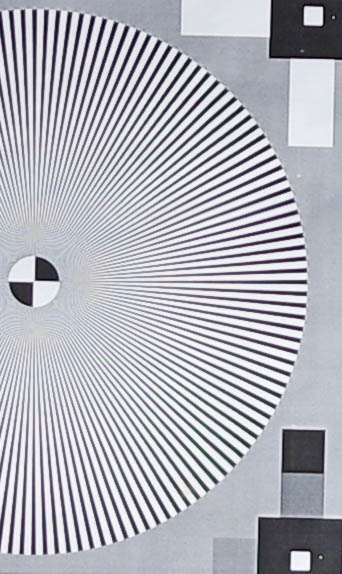 | 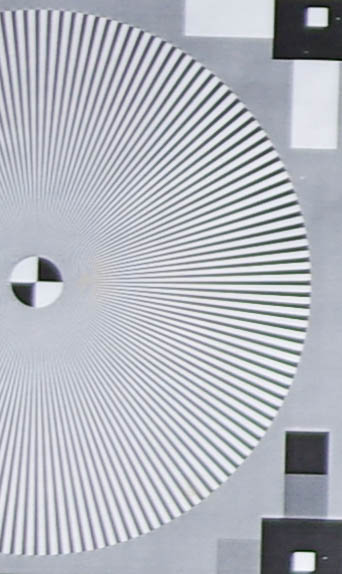 | 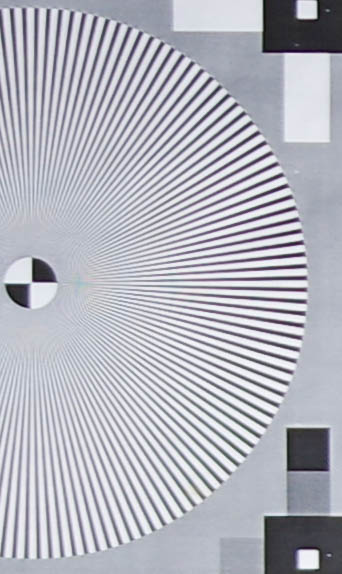 |
F5.6 | 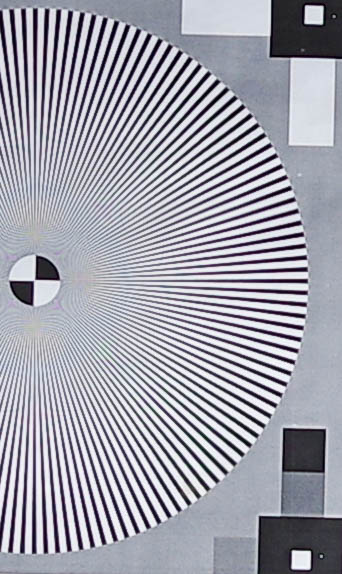 | 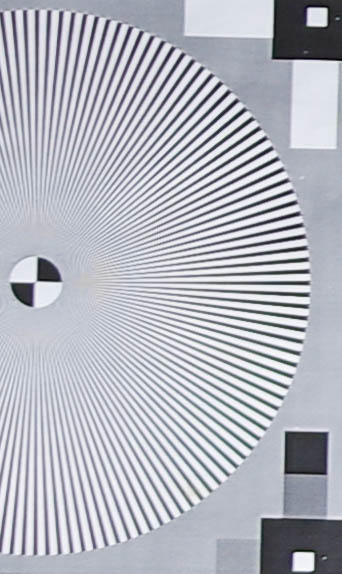 | 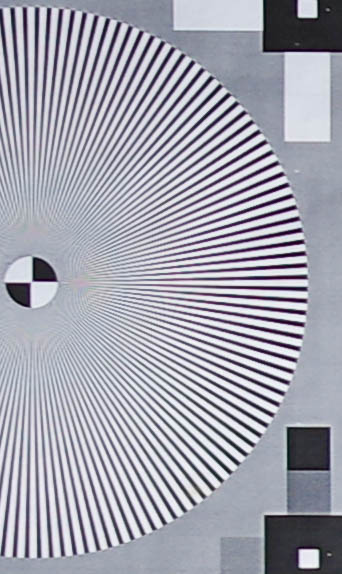 |
F8 | 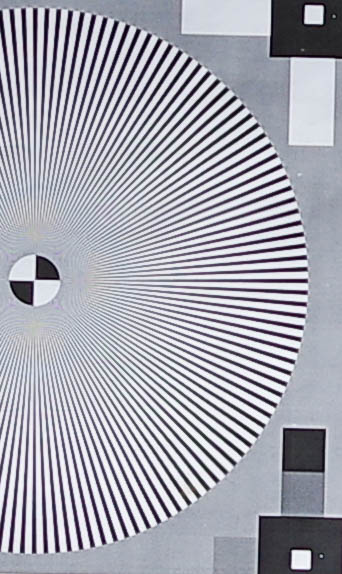 | 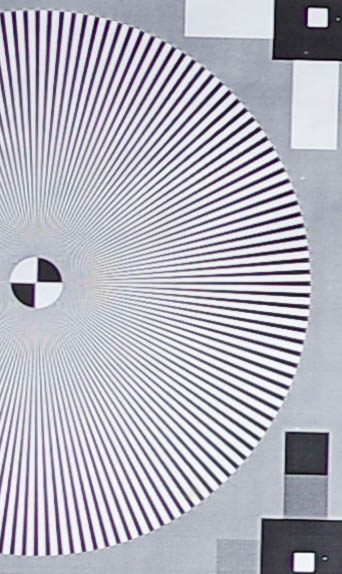 | 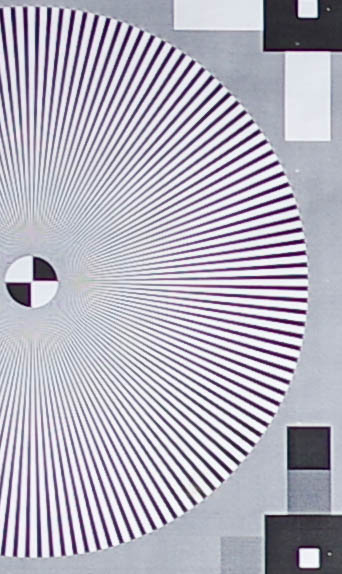 |
F11 | 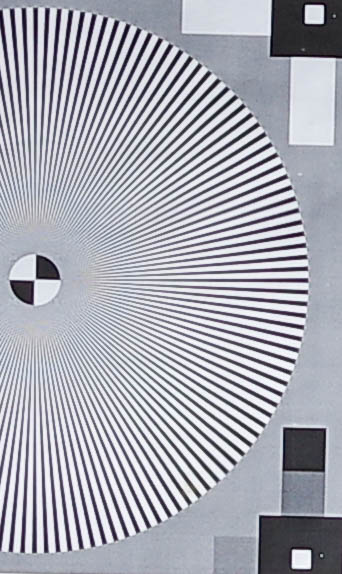 | 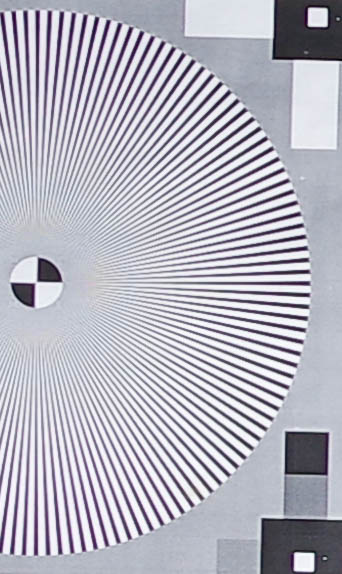 | 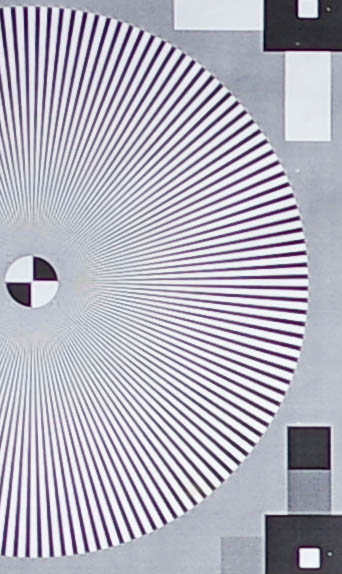 |
F16 | 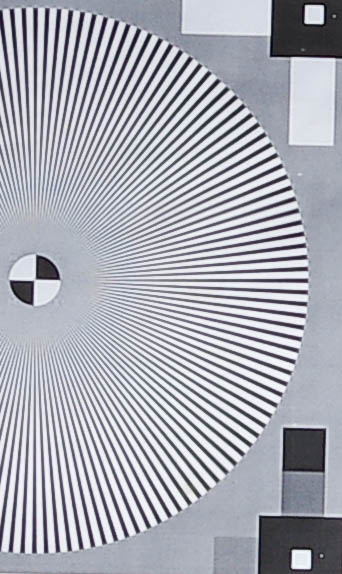 | 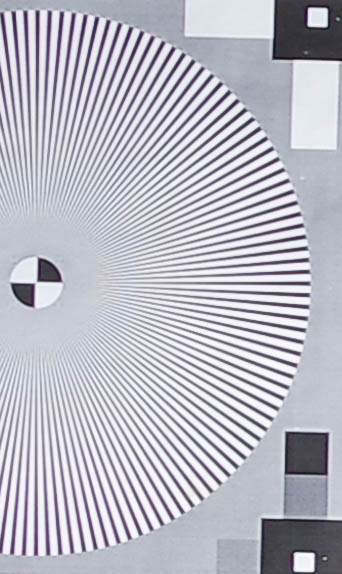 | 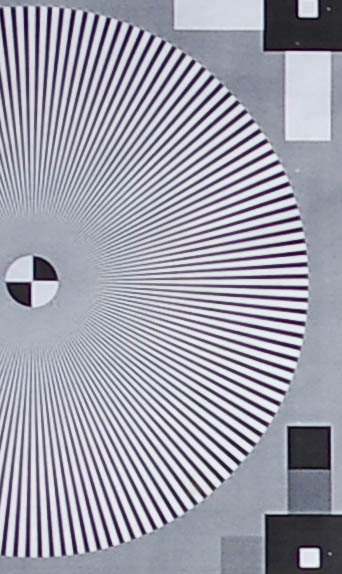 |
F22 | 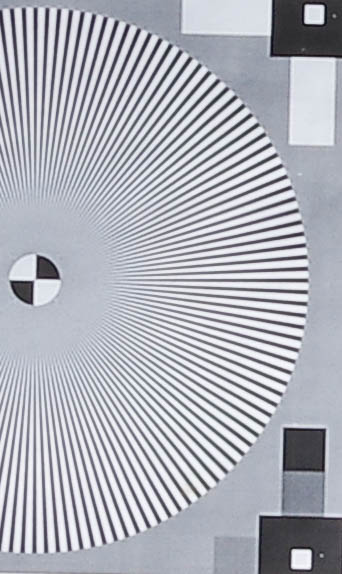 | 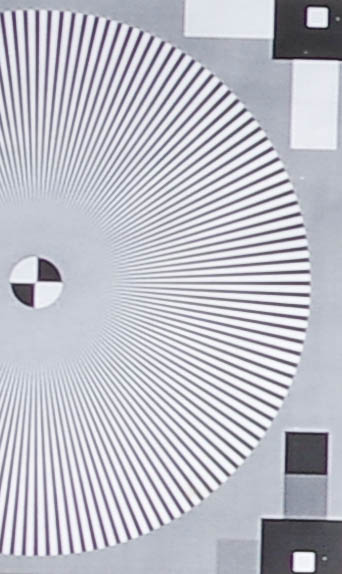 | 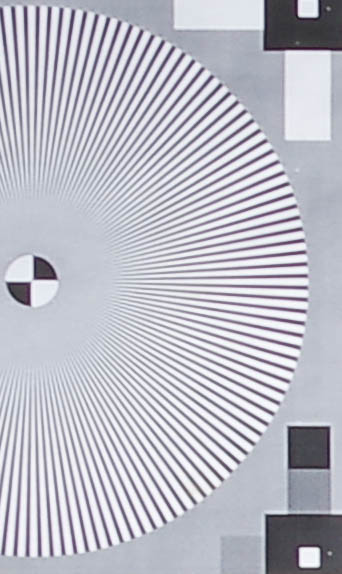 |
Sharpness in the center is surprisingly good wide open, and improves slightly as the aperture is closed. Diffraction starts to degrade performances at F16.
Edges and corners are visibly softer but improve as the aperture closes. At F8 they compare well with the center.
Test Results at 135mm
Center | Edge | Corner | |
F4.5 | 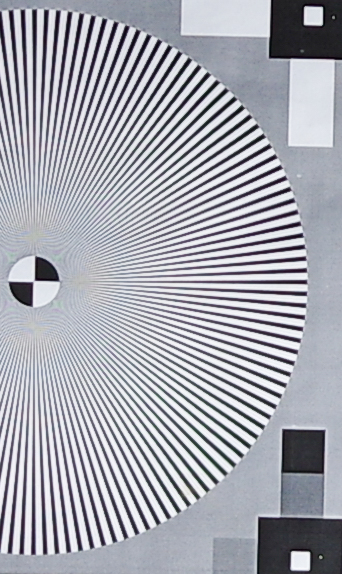 | 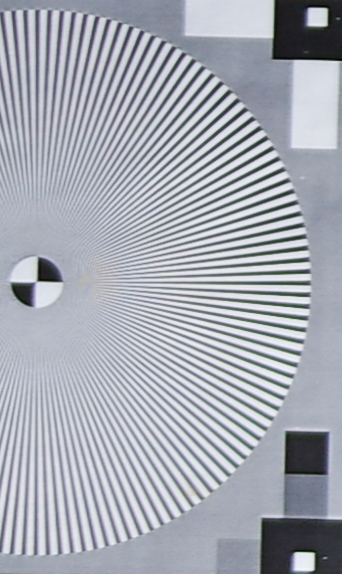 | 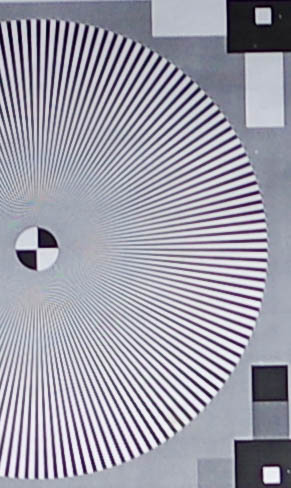 |
F5.6 | 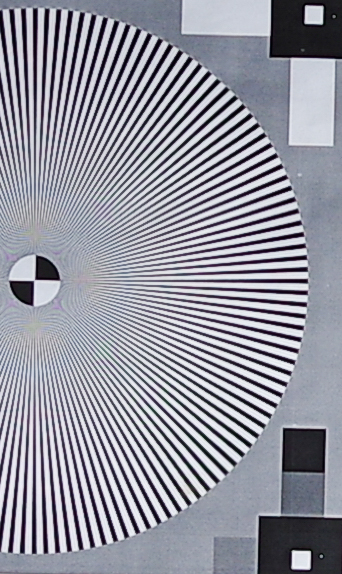 | 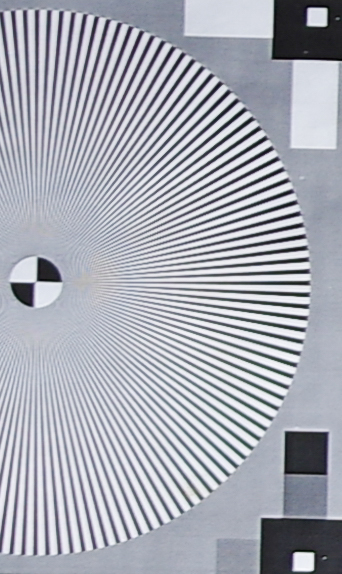 | 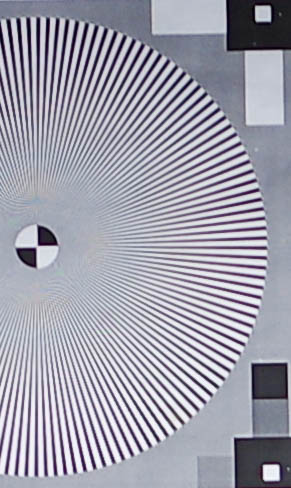 |
F8 | 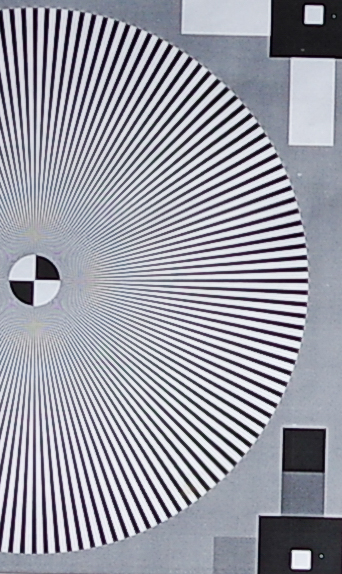 | 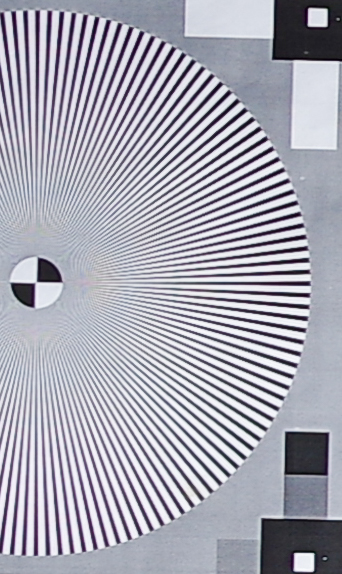 | 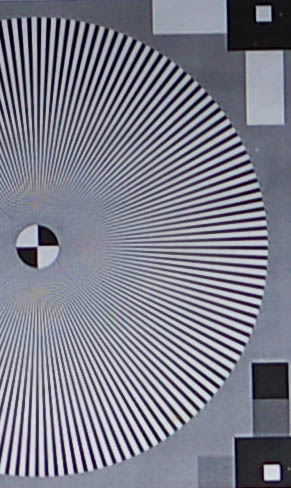 |
F11 | 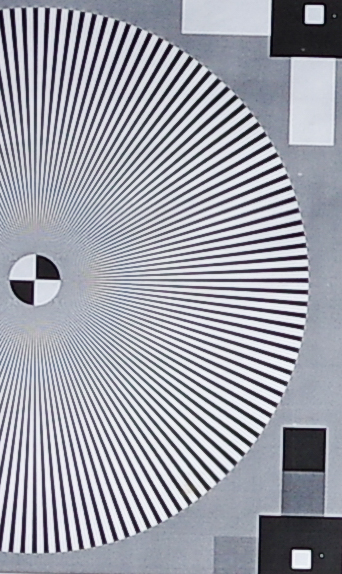 | 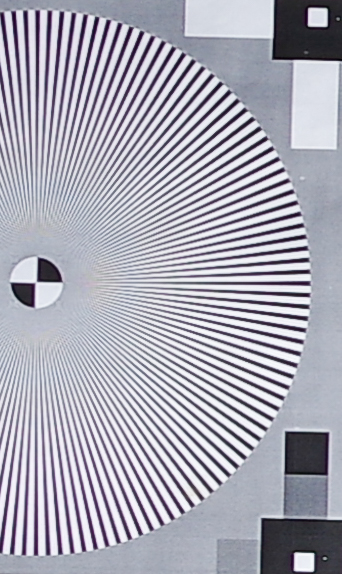 | 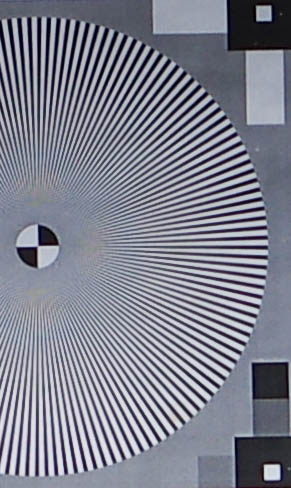 |
F16 | 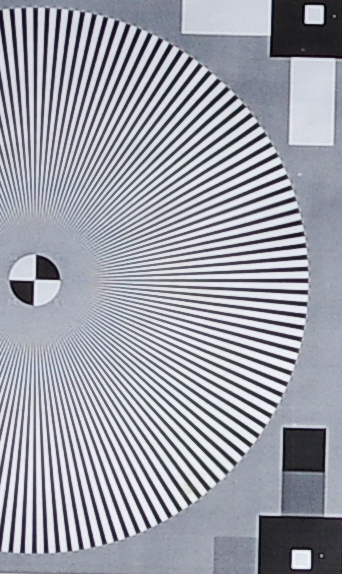 | 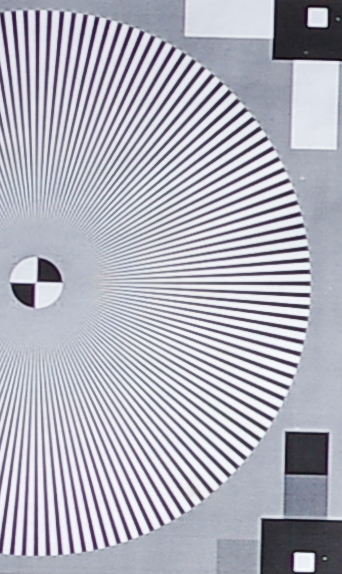 | 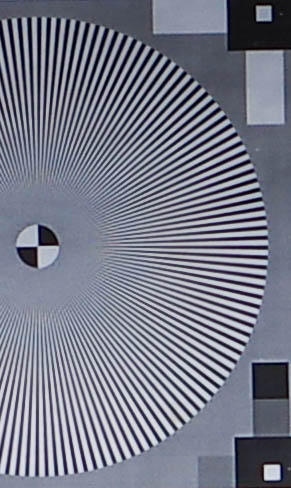 |
F22 | 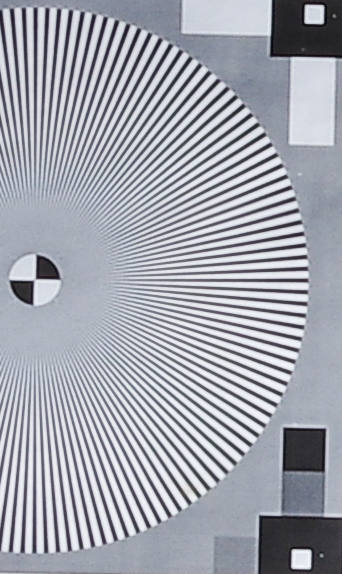 | 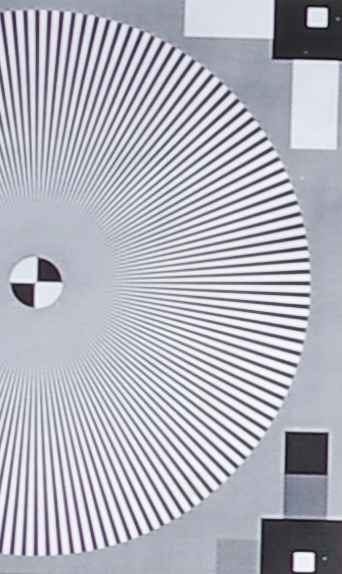 | 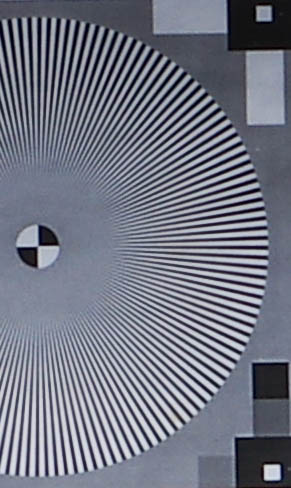 |
At F4.5 and 135mm, sharpness is good but not quite comparable to 55mm. From F5.6 onward the resolution is impressive.
Corners and edges are quite soft wide open. Luckily they improve until F8 where performances appear to peak. Our sample shows an unusual behaviour, with the top left corner being sharper than the left edge. This result is not caused by a focus error.
Test Results at 300mm
Center | Edge | Corner | |
F6.3 | 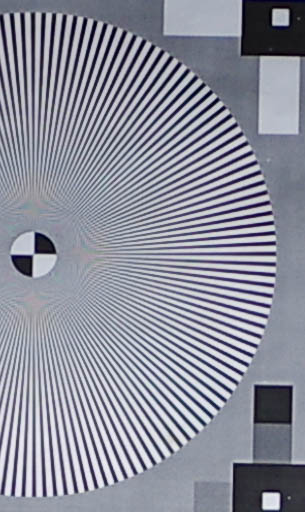 | 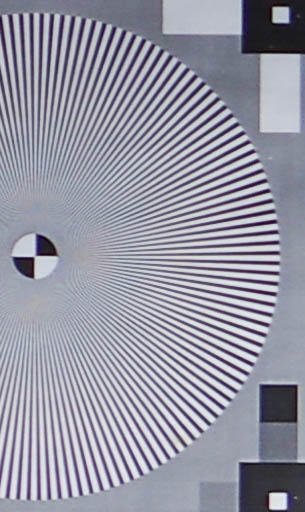 | 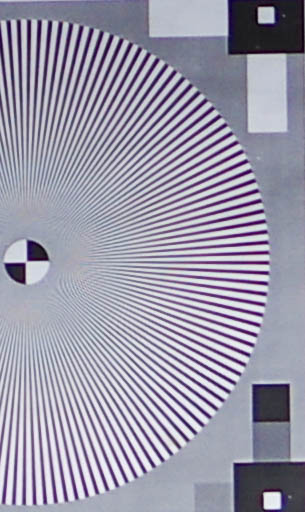 |
F8 | 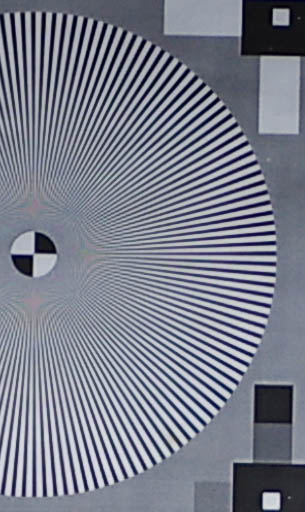 | 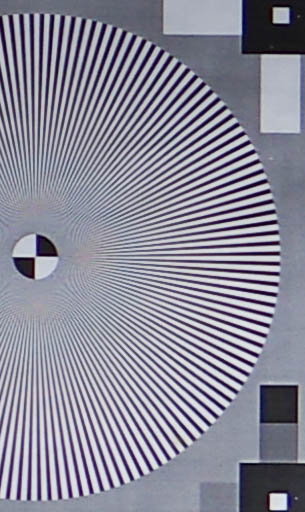 | 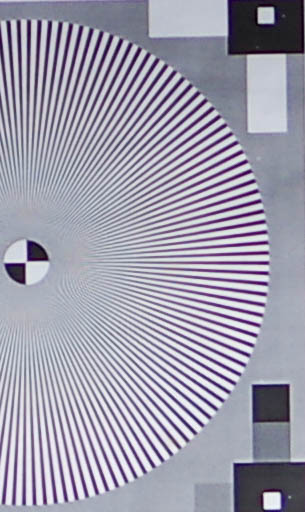 |
F11 | 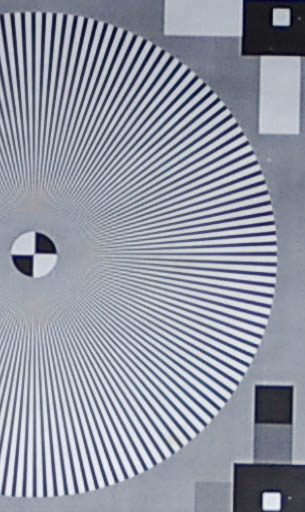 | 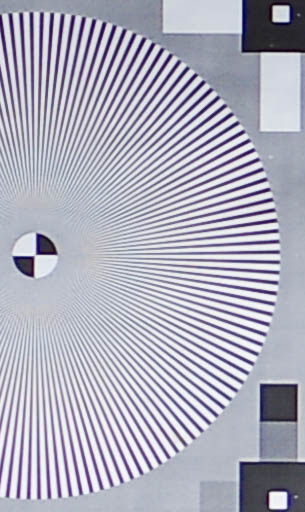 | 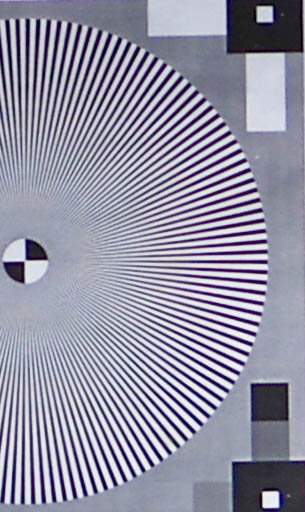 |
F16 | 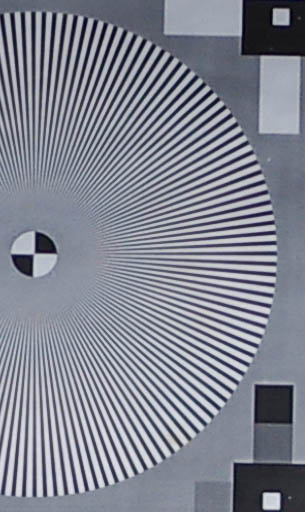 | 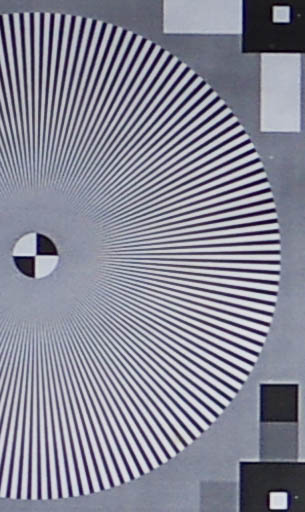 | 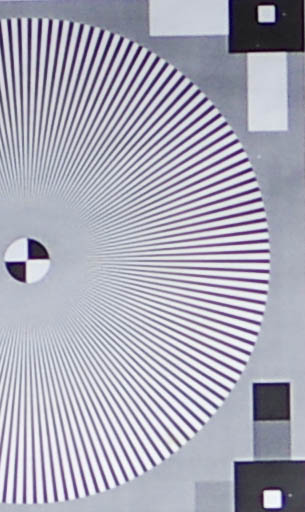 |
F22 | 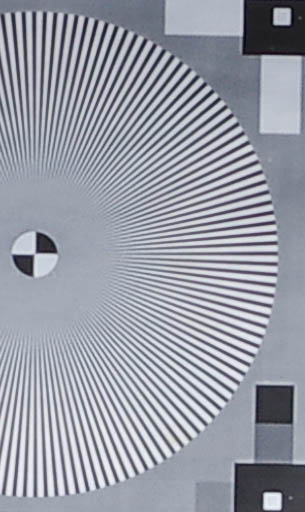 | 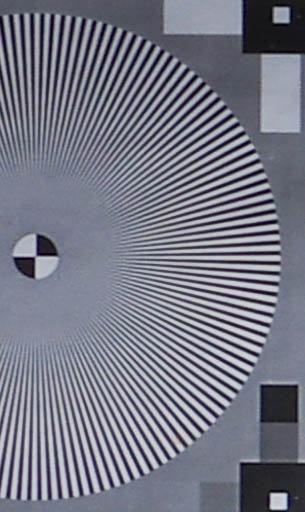 | 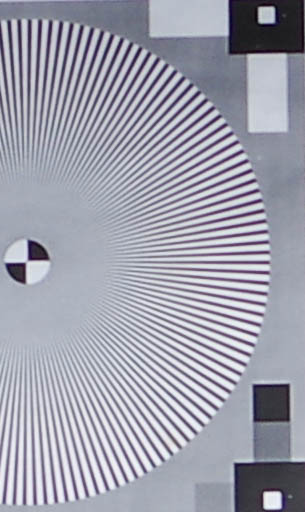 |
F32 | 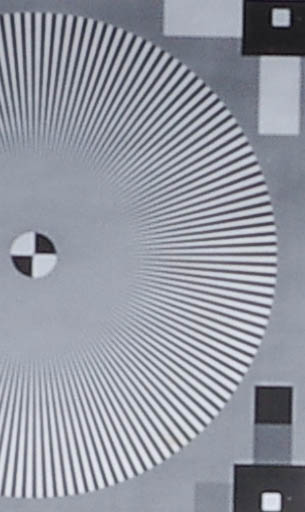 | 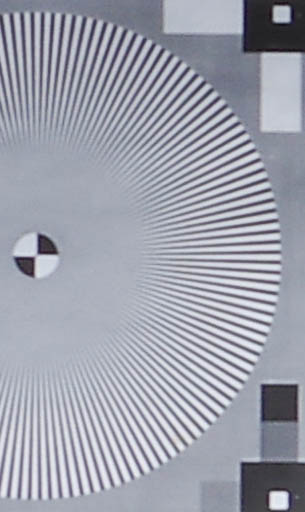 | 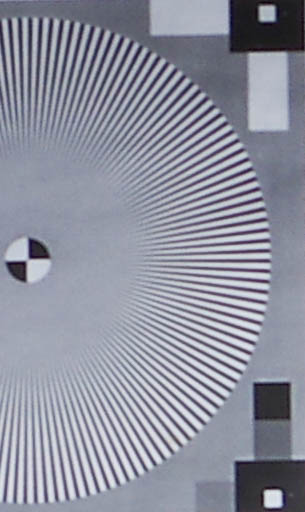 |
At 300mm, images are usable but never impressive regarding sharpness. The center, edges and corners are mostly similar and generally soft. F8 and F11 are the best choices. Anything else will be soft.
Real-life test
Test charts never tell the whole story. The following images illustrate the performance of the lens with a real-life test subject with a lot of detail. We used a distant subject. Three focal lengths were tested. We moved our camera to place the subject in the center, the edge and then corner, refocusing between each shot. The relative size of our crop increases with the focal length.
Test Results at 55mm
Center | Edge | Corner | |
F4.5 | 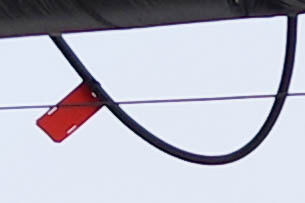 | 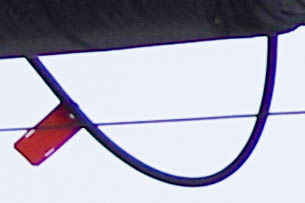 | 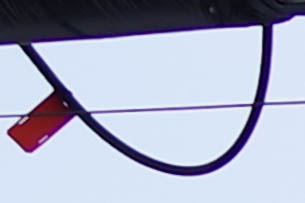 |
F5.6 | 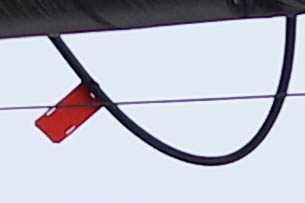 | 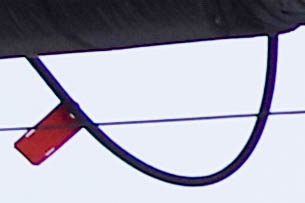 | 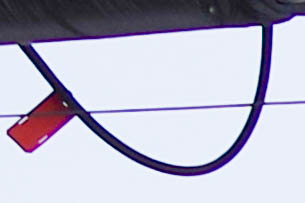 |
F8 | 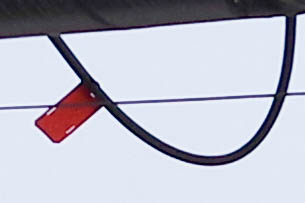 | 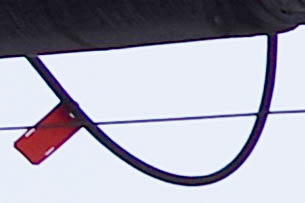 | 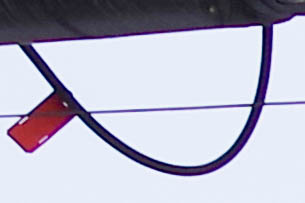 |
F11 | 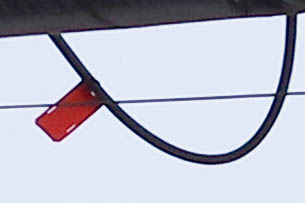 | 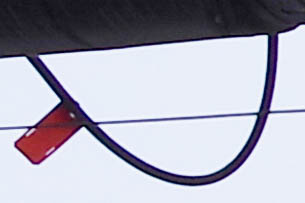 | 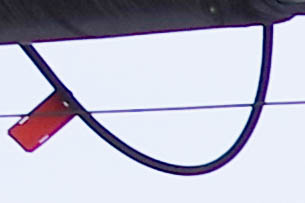 |
F16 | 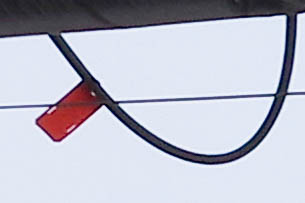 | 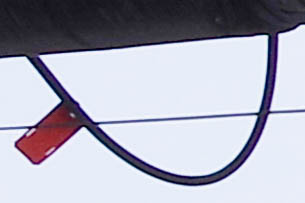 | 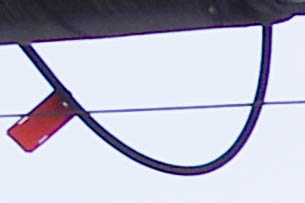 |
F22 | 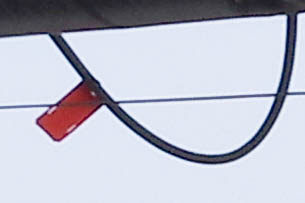 | 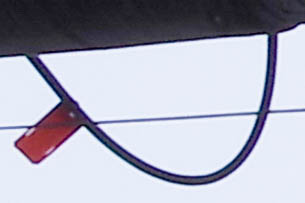 | 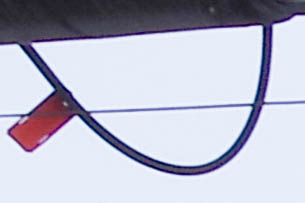 |
Test Results at 135mm
Center | Edge | Corner | |
F4.5 | 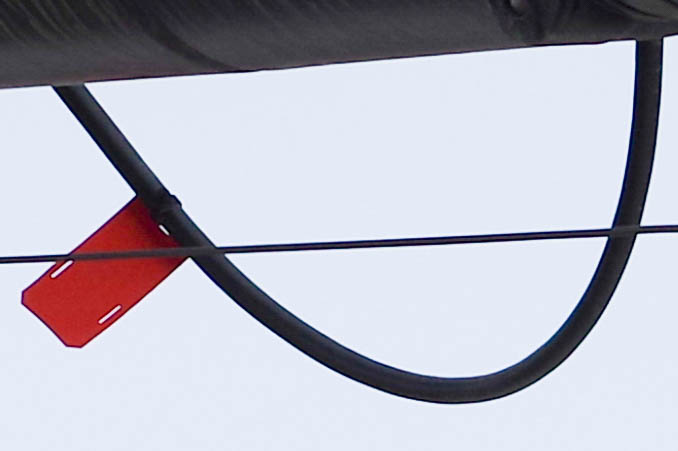 | 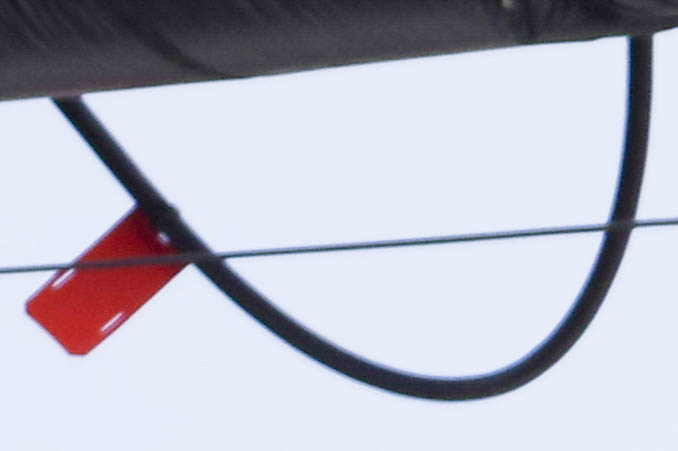 | 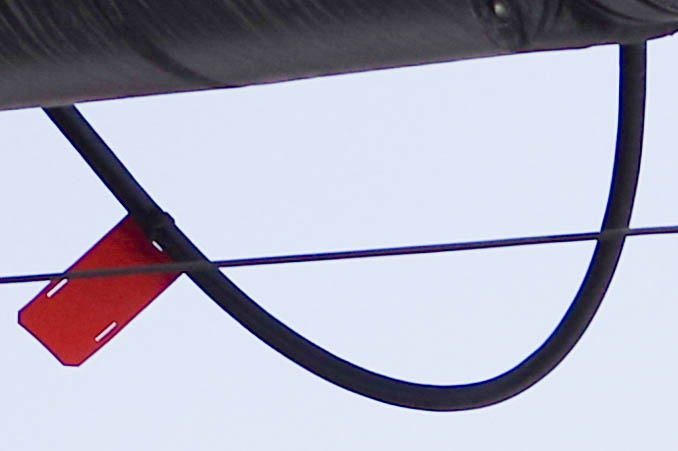 |
F5.6 | 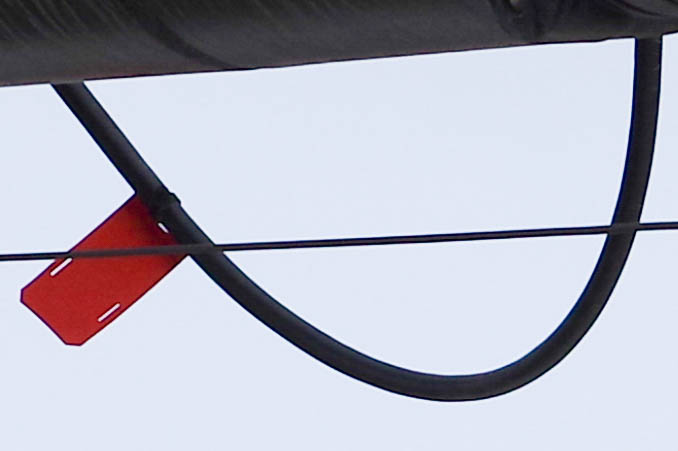 | 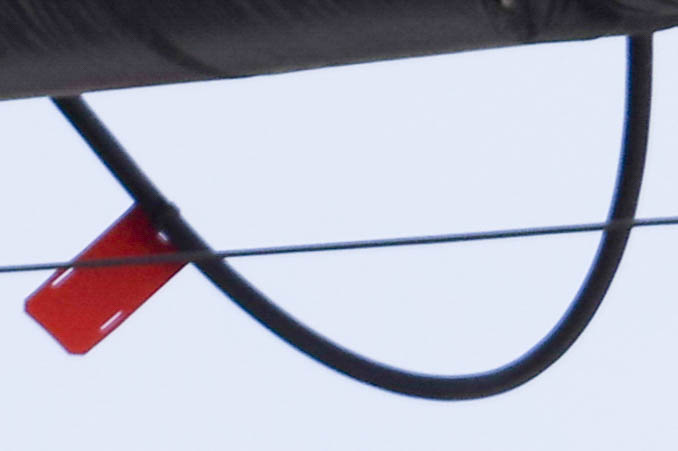 | 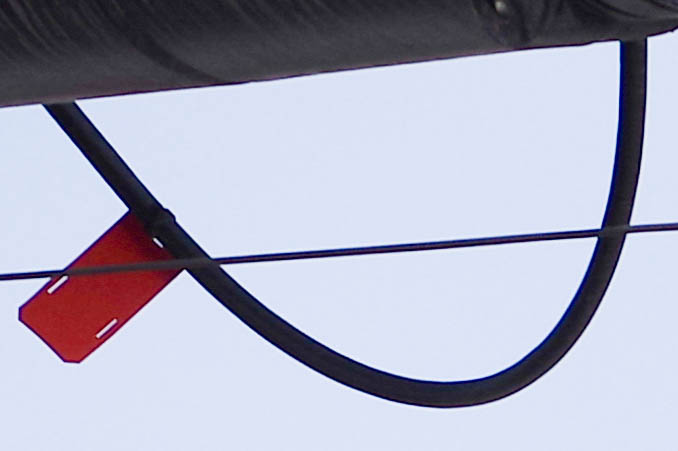 |
F8 | 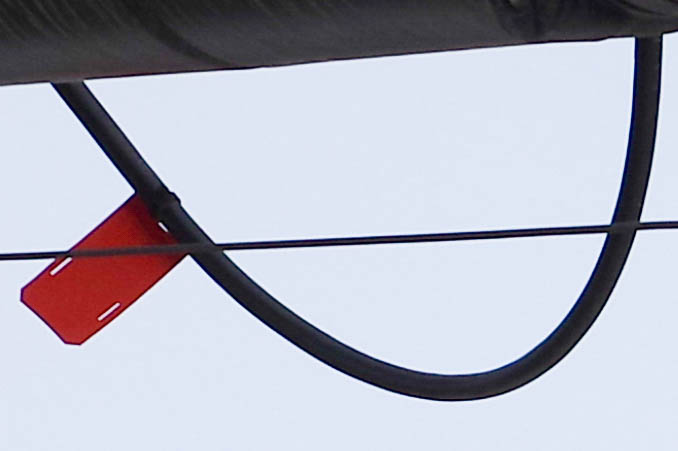 | 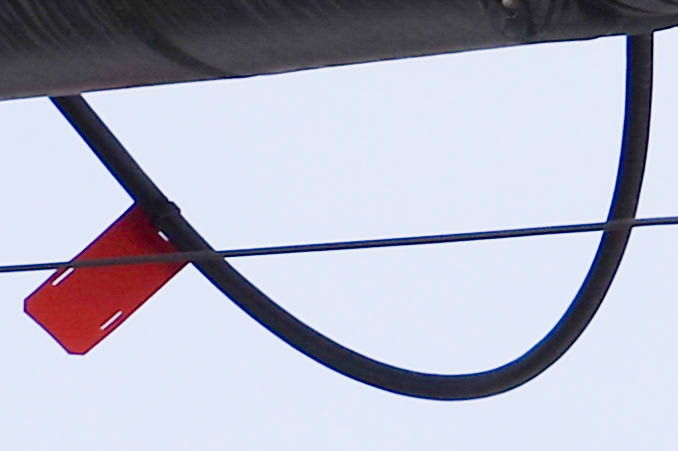 | 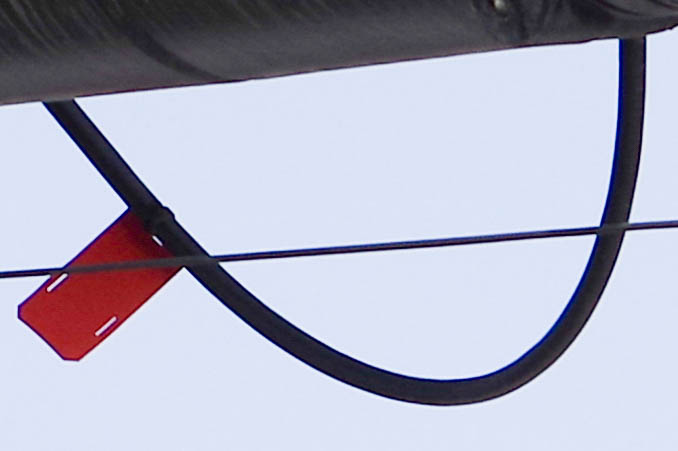 |
F11 | 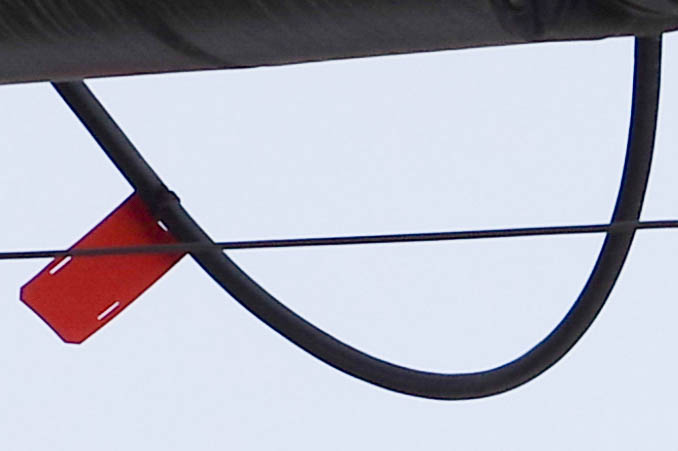 | 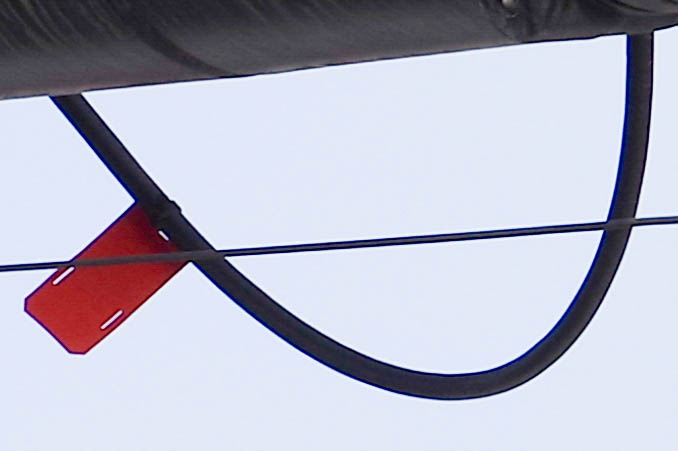 | 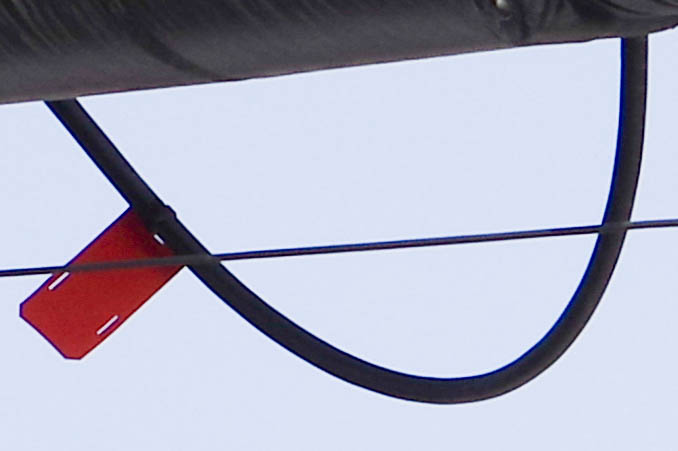 |
F16 | 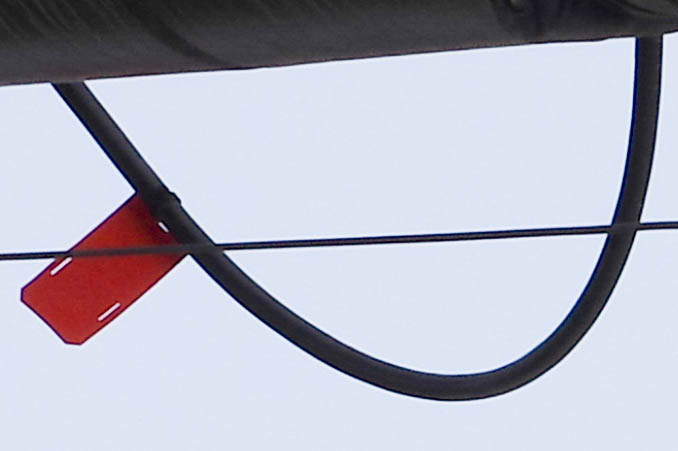 | 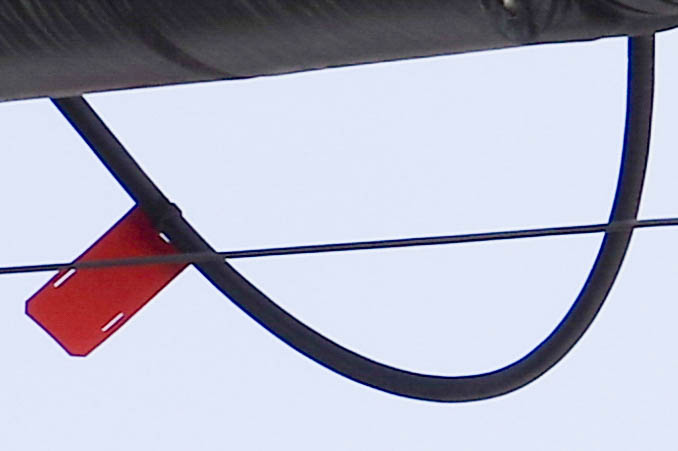 | 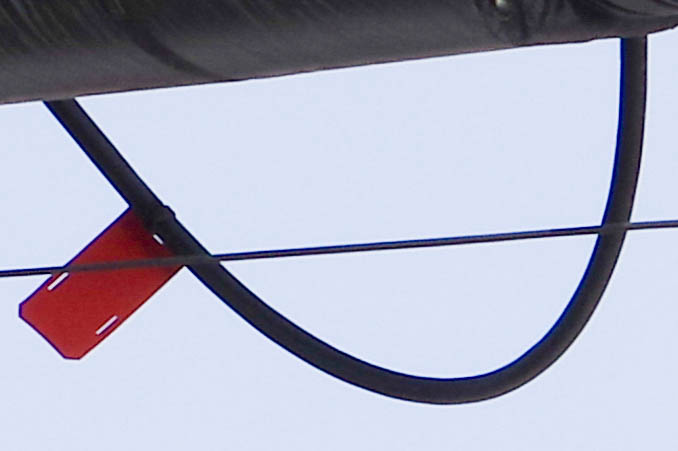 |
F22 | 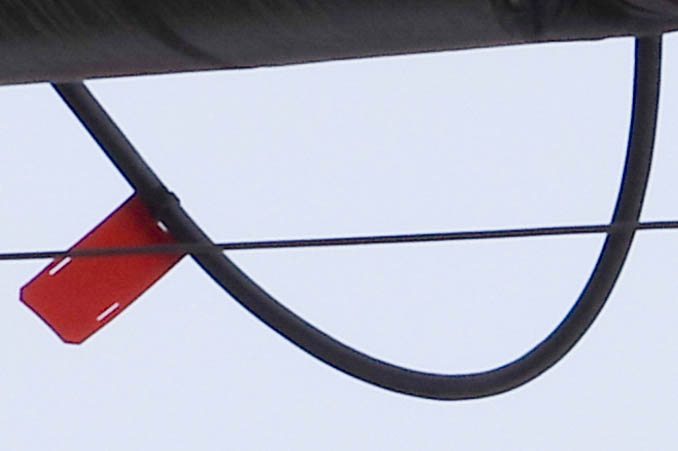 | 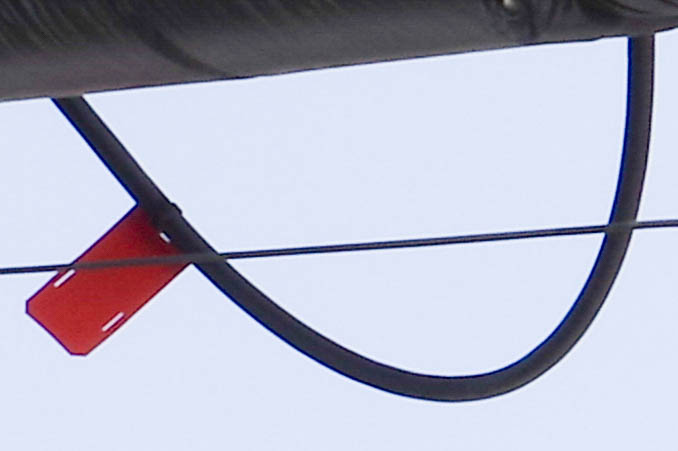 | 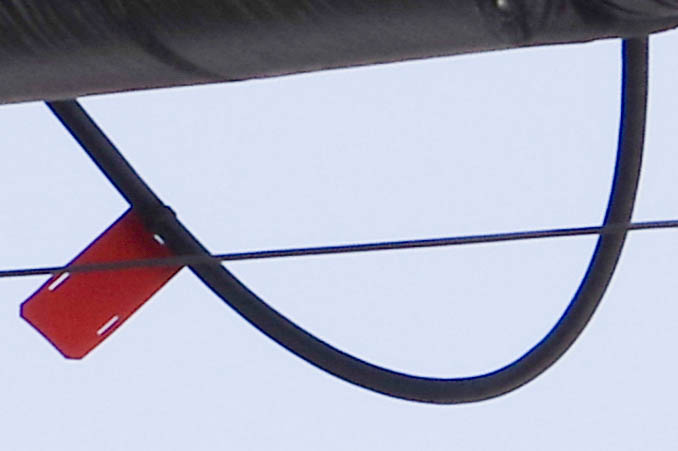 |
Test Results at 300mm
Center | Edge | Corner | |
F6.3 | 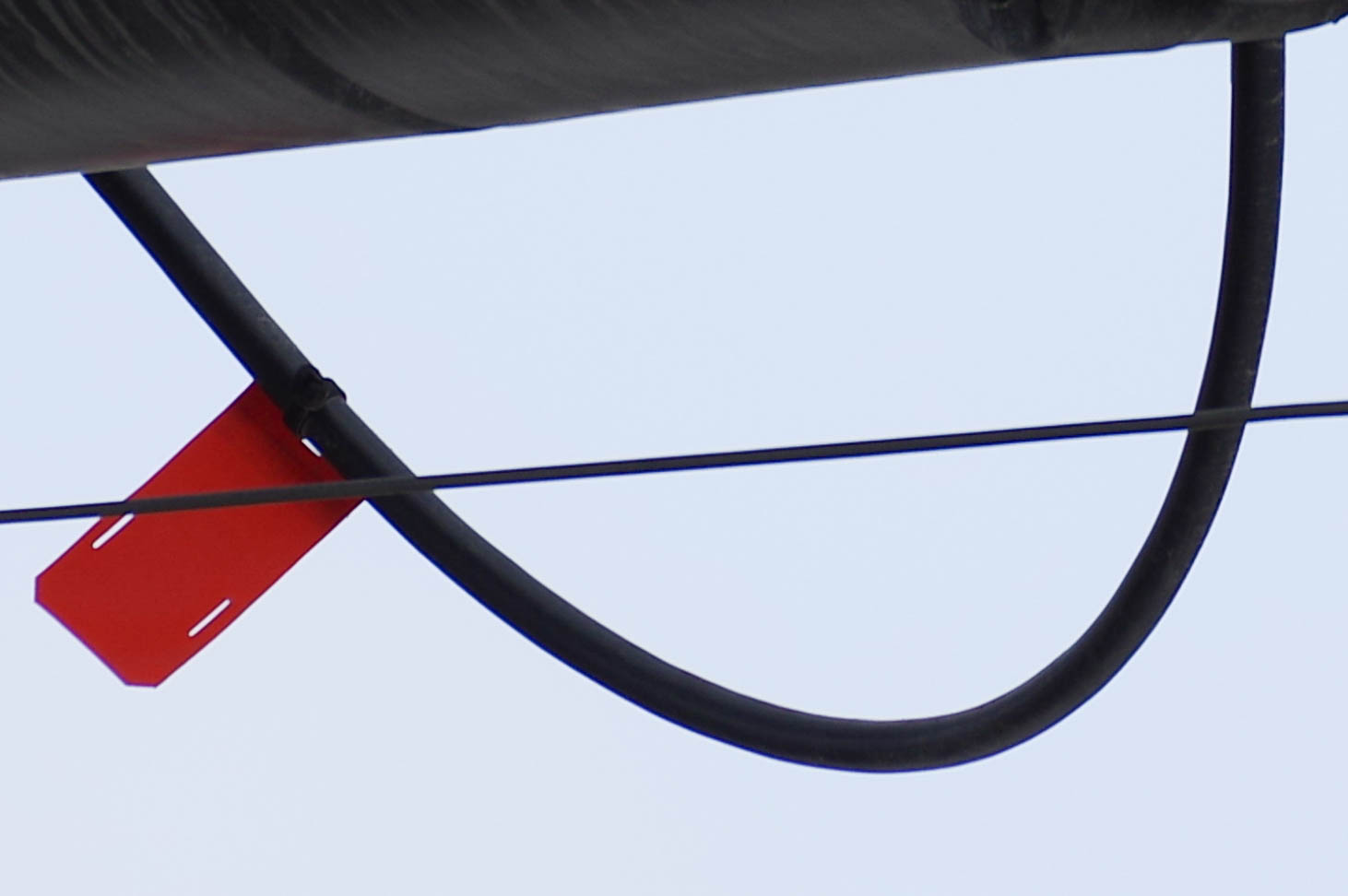 | 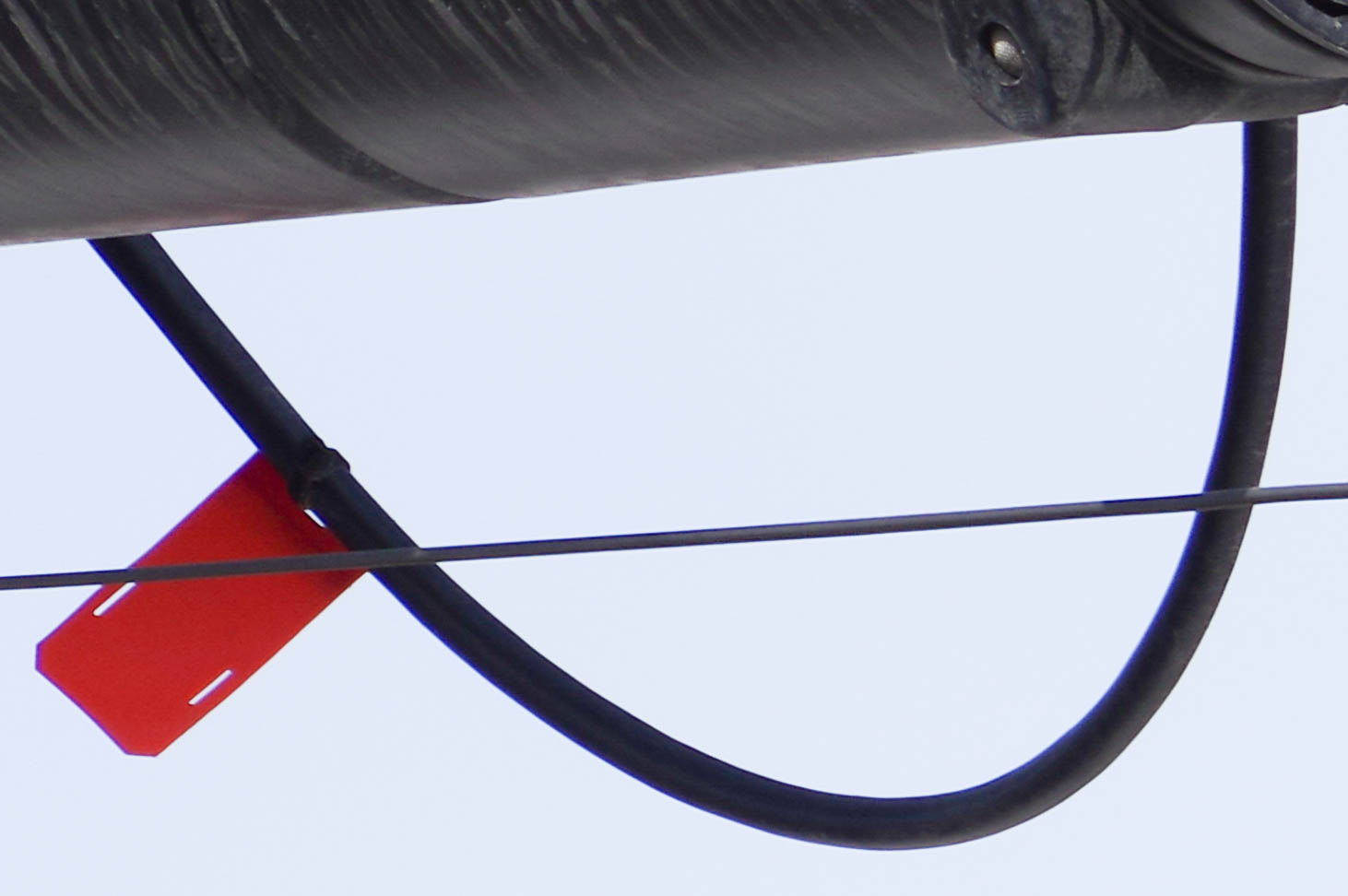 | 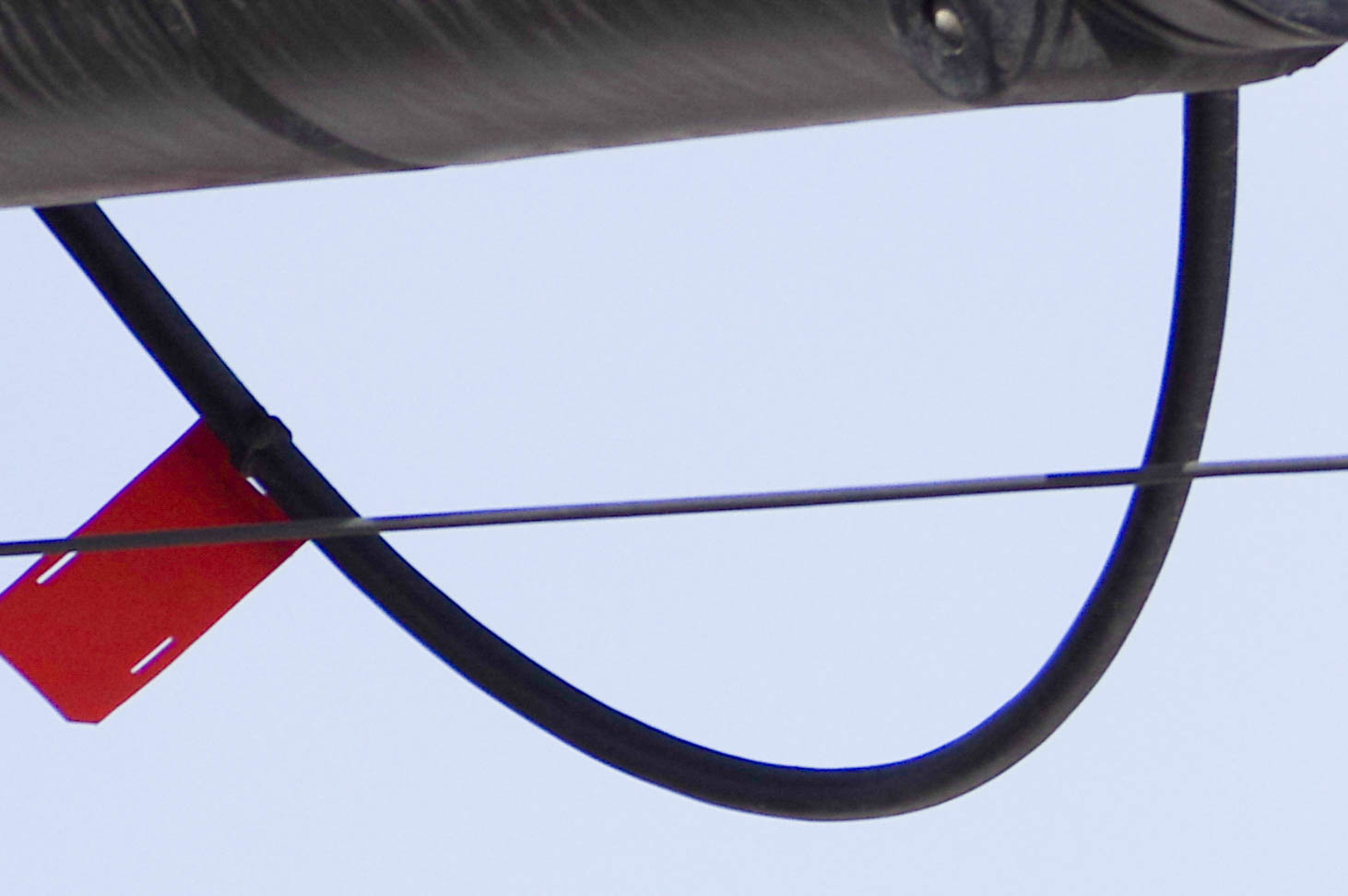 |
F8 | 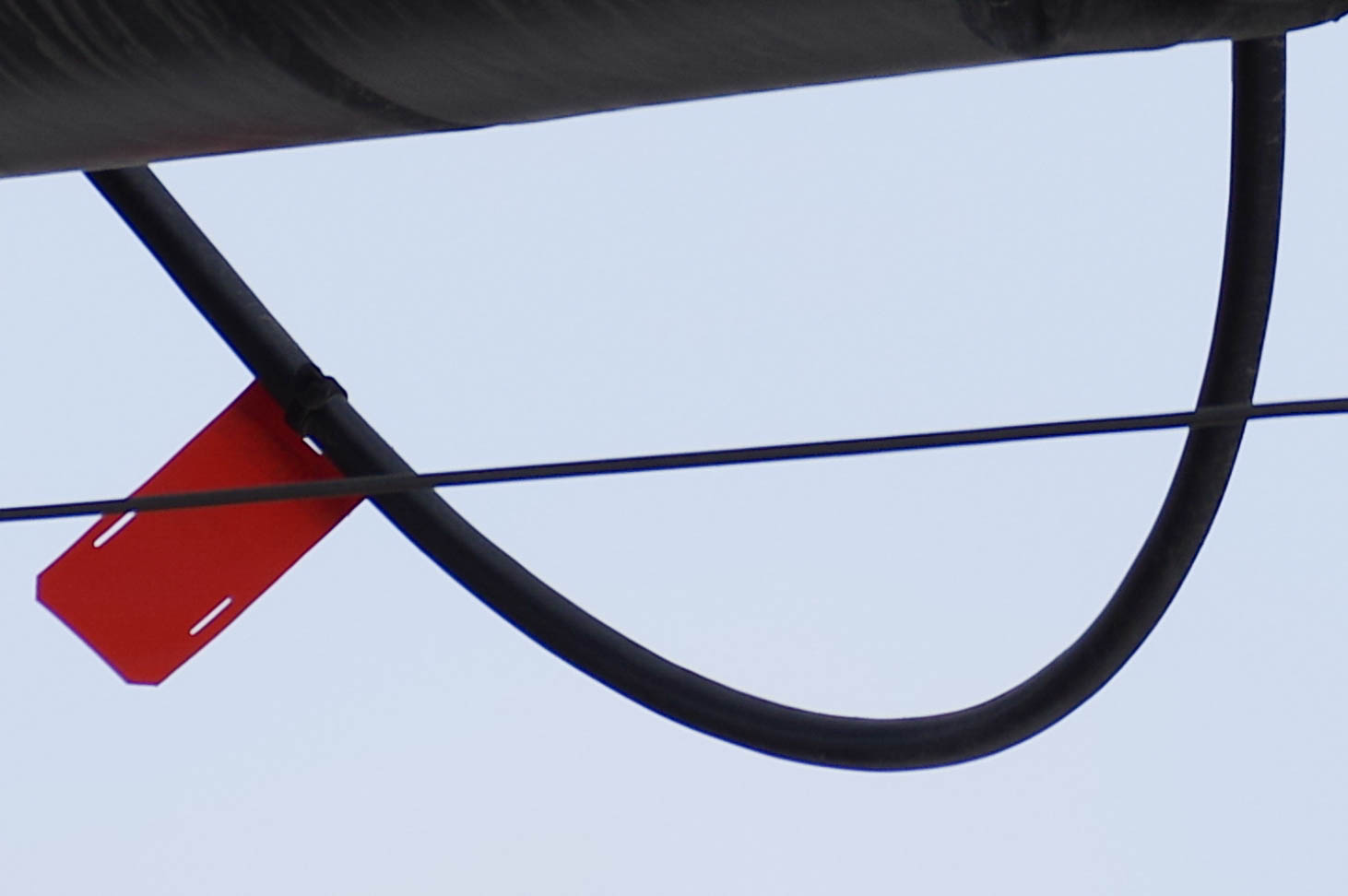 | 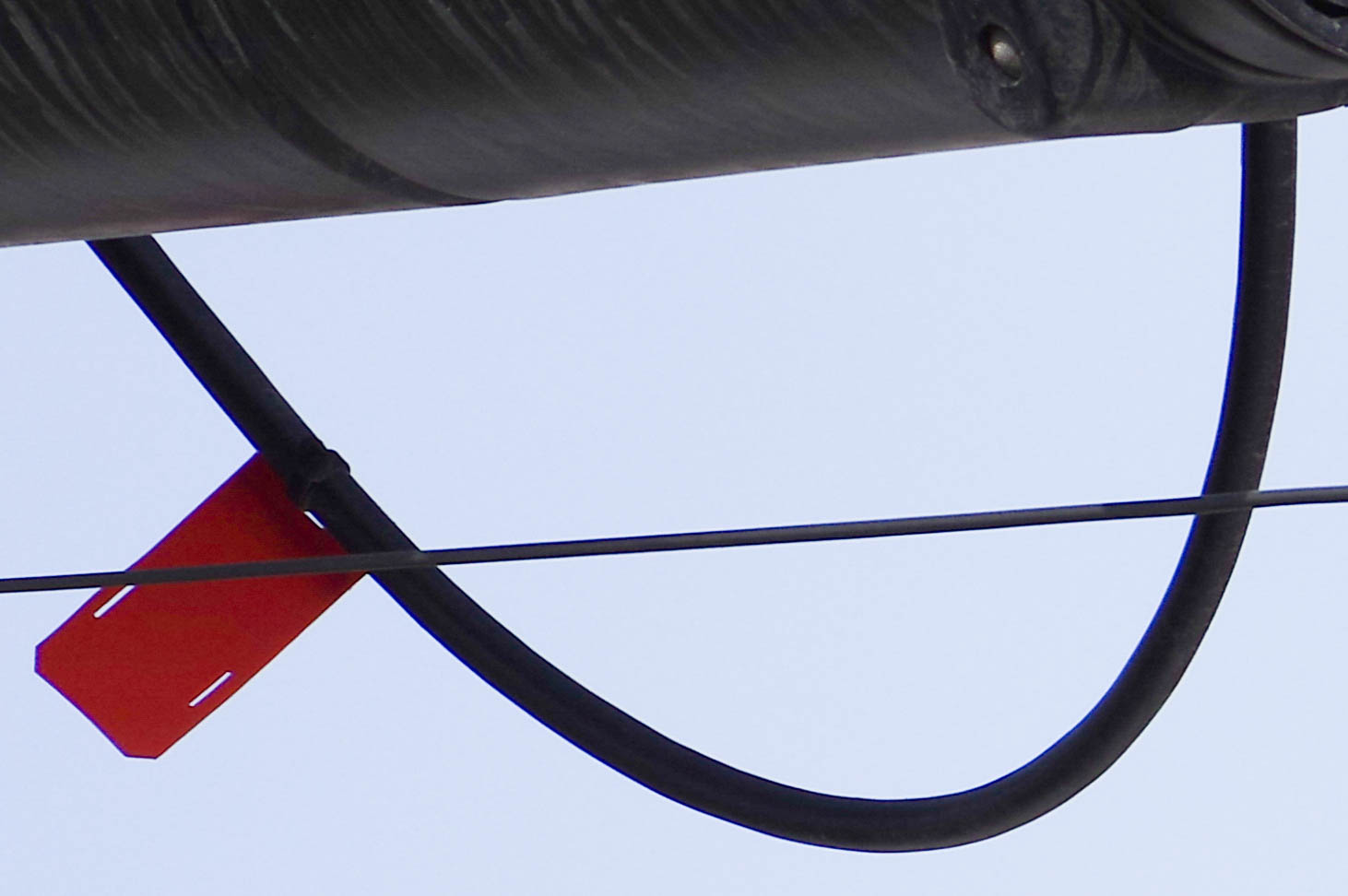 | 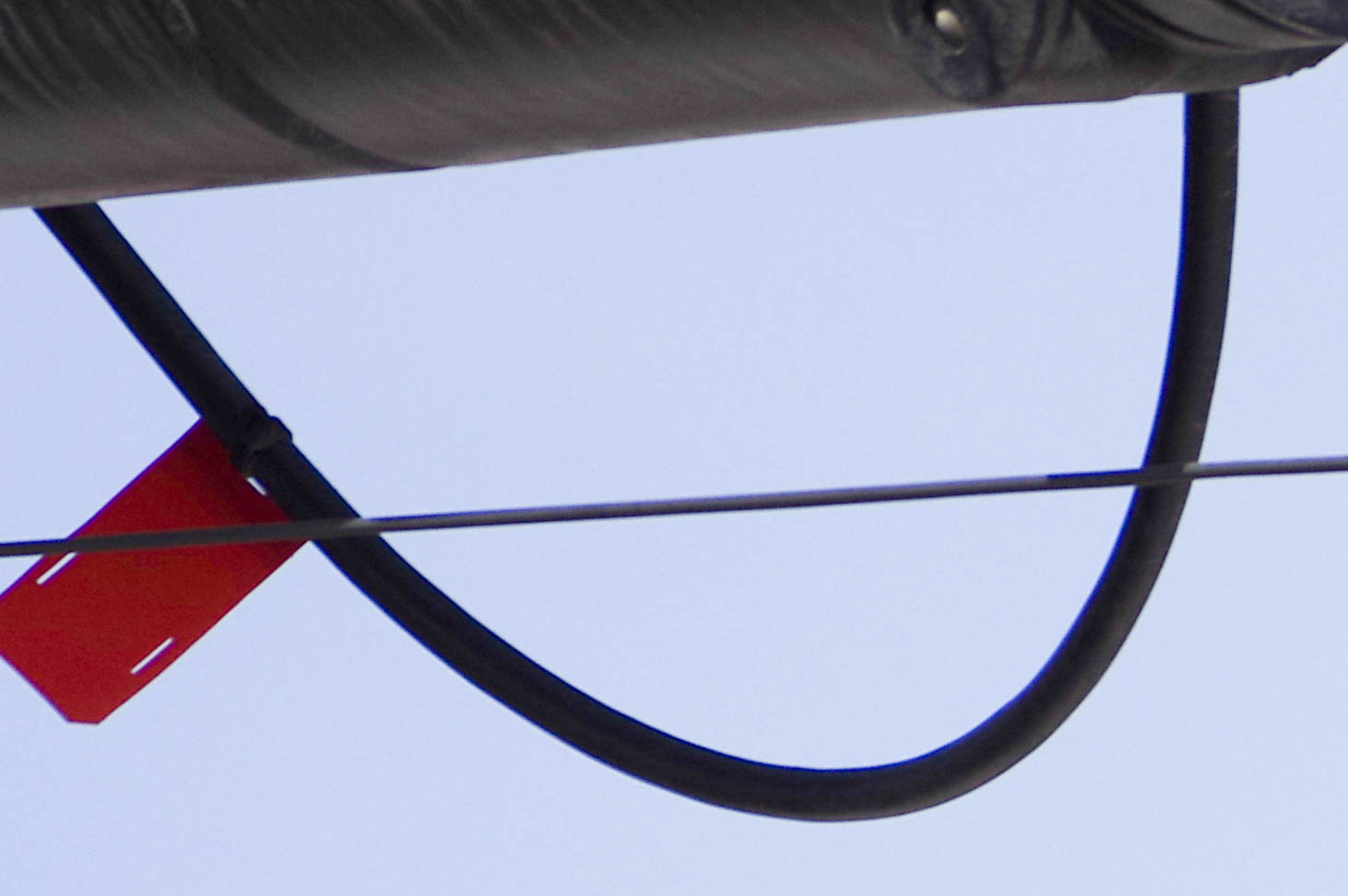 |
F11 | 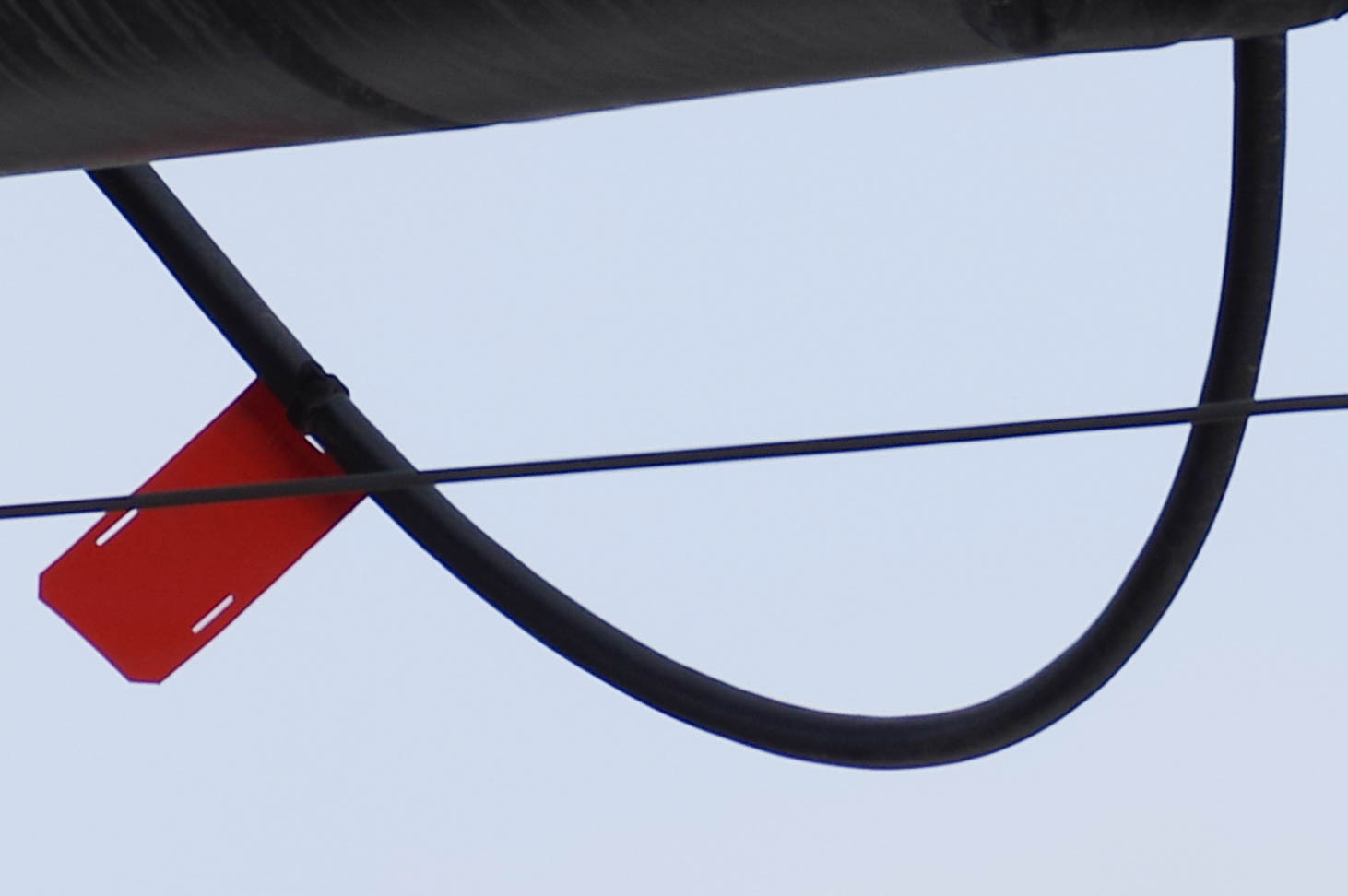 | 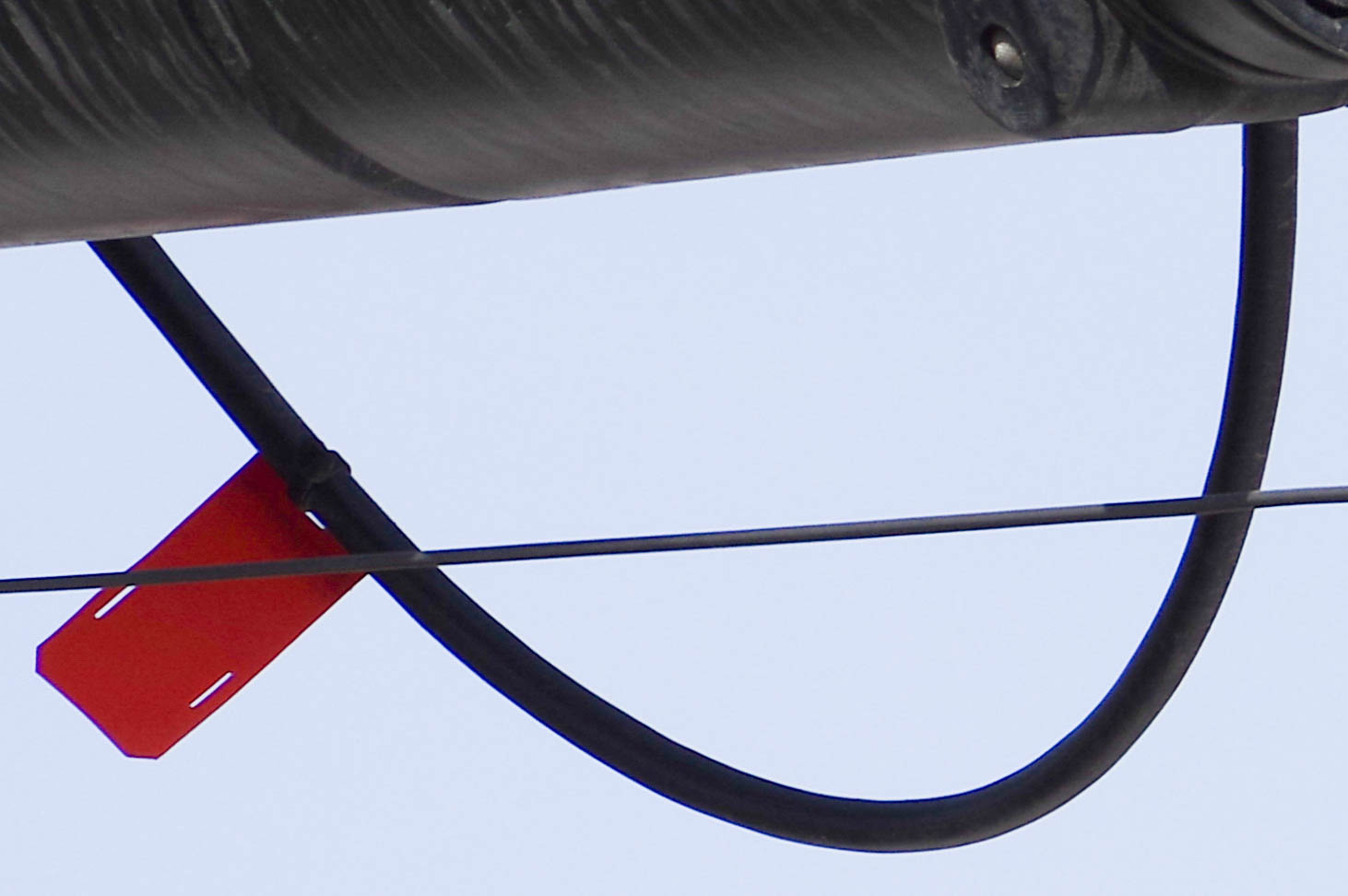 | 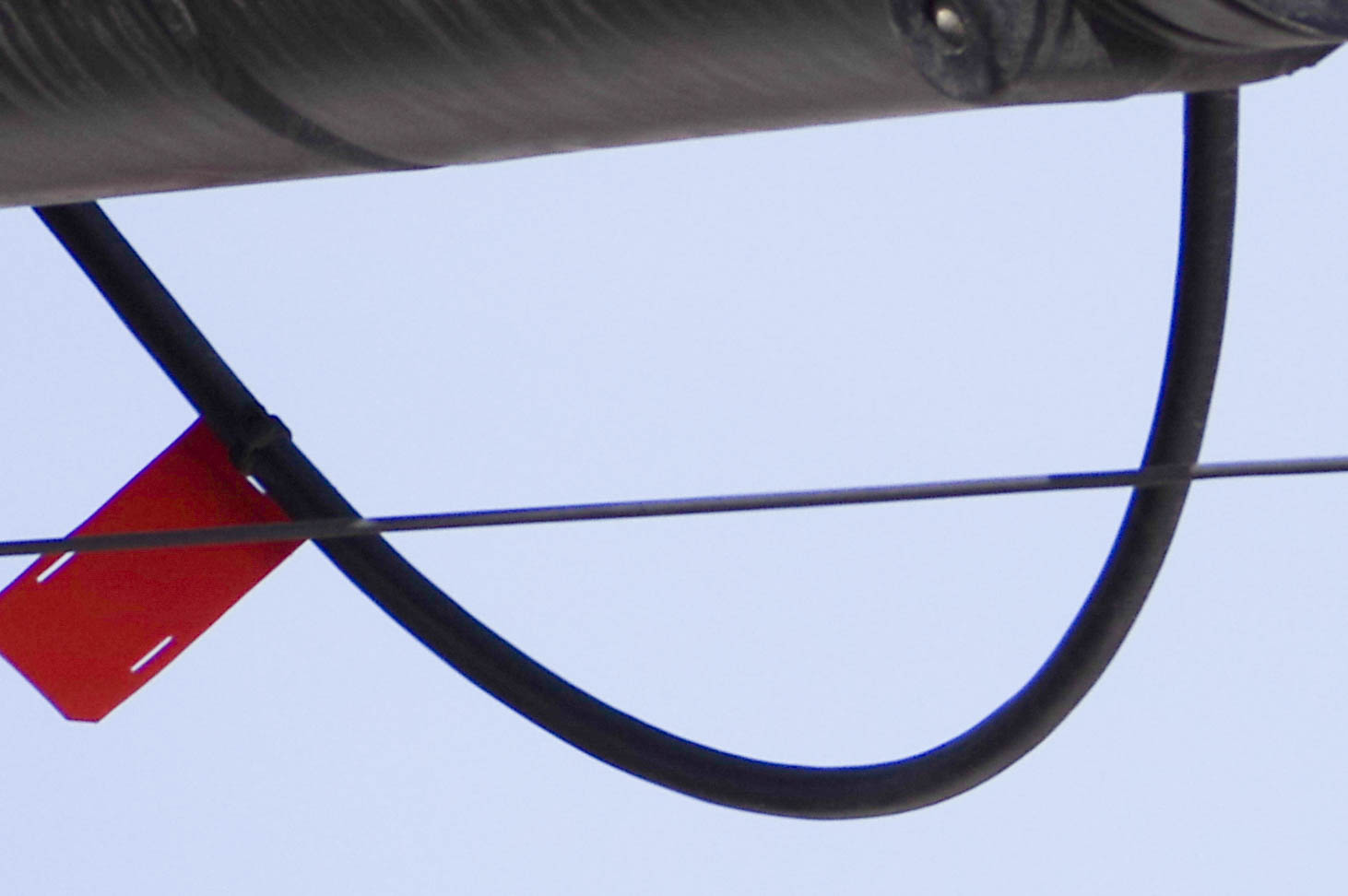 |
F16 | 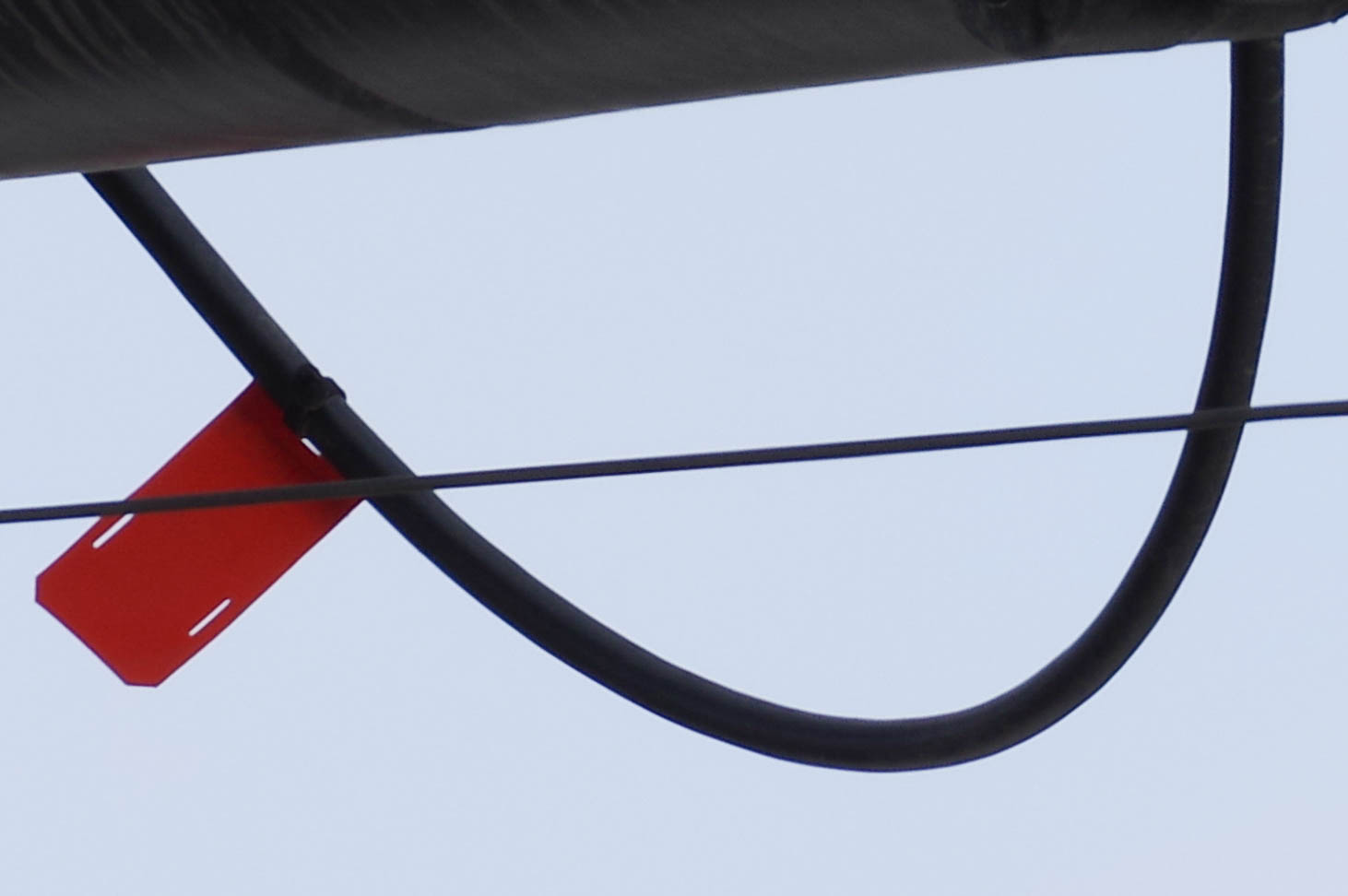 | 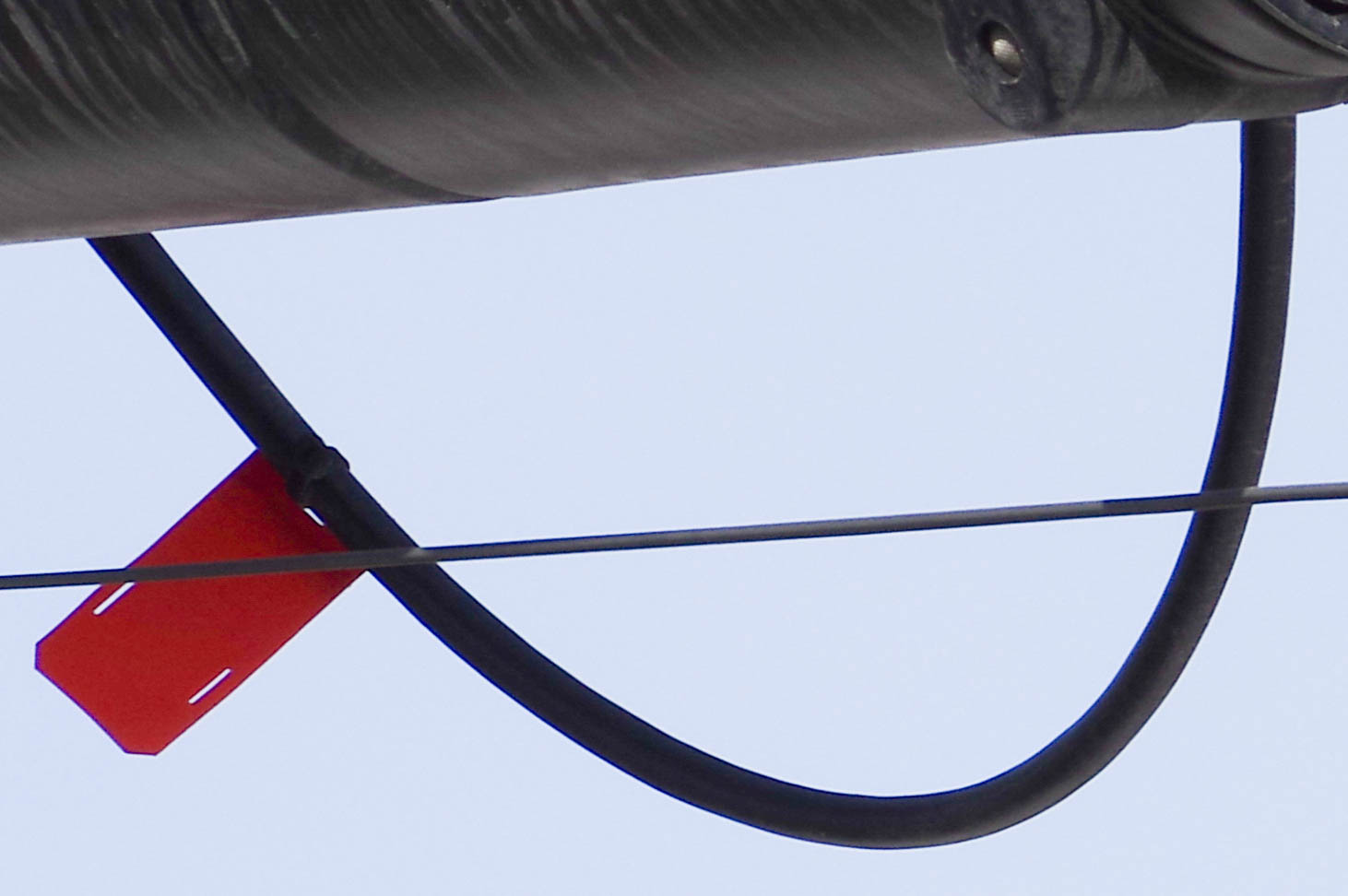 | 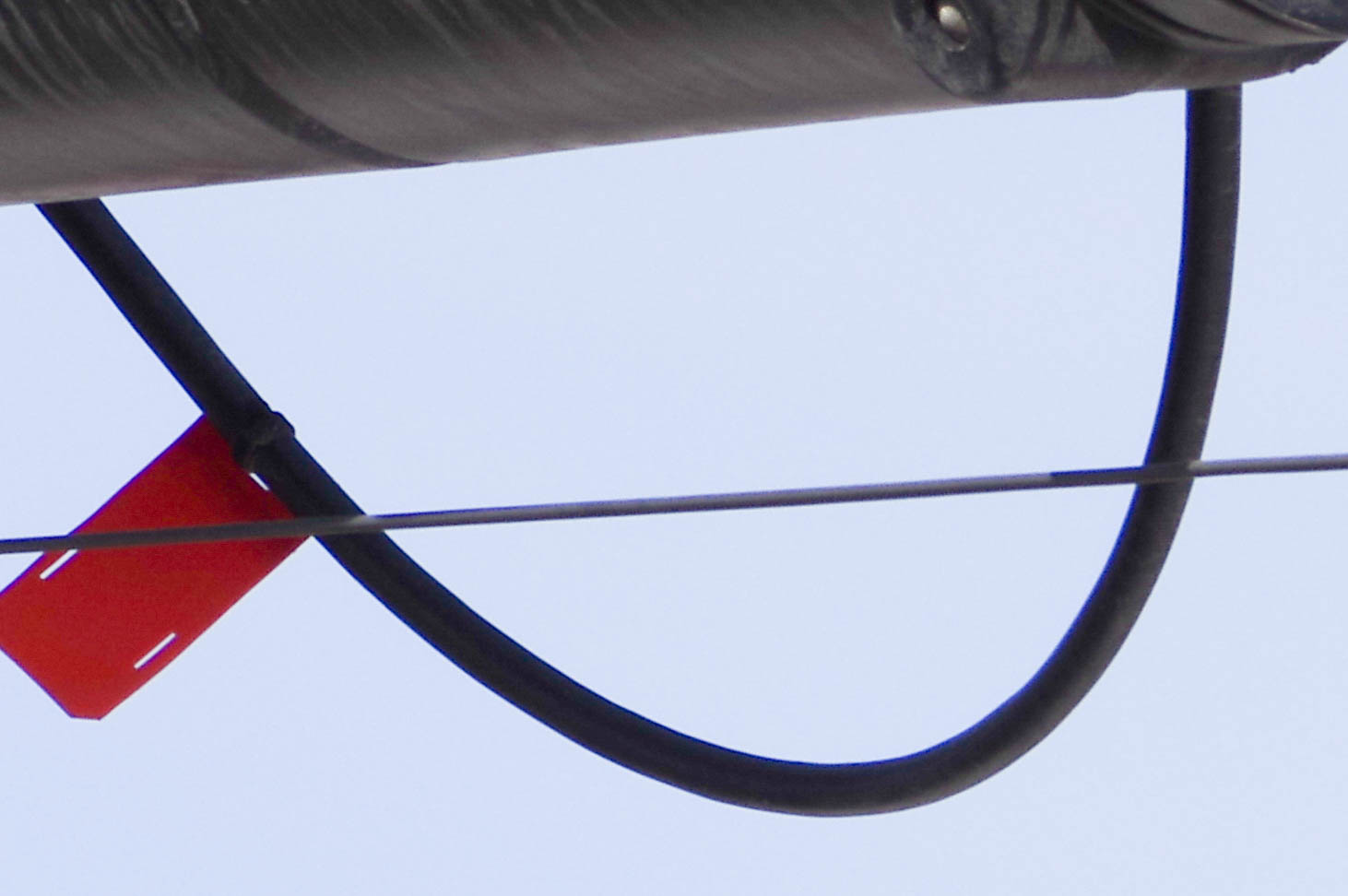 |
F22 | 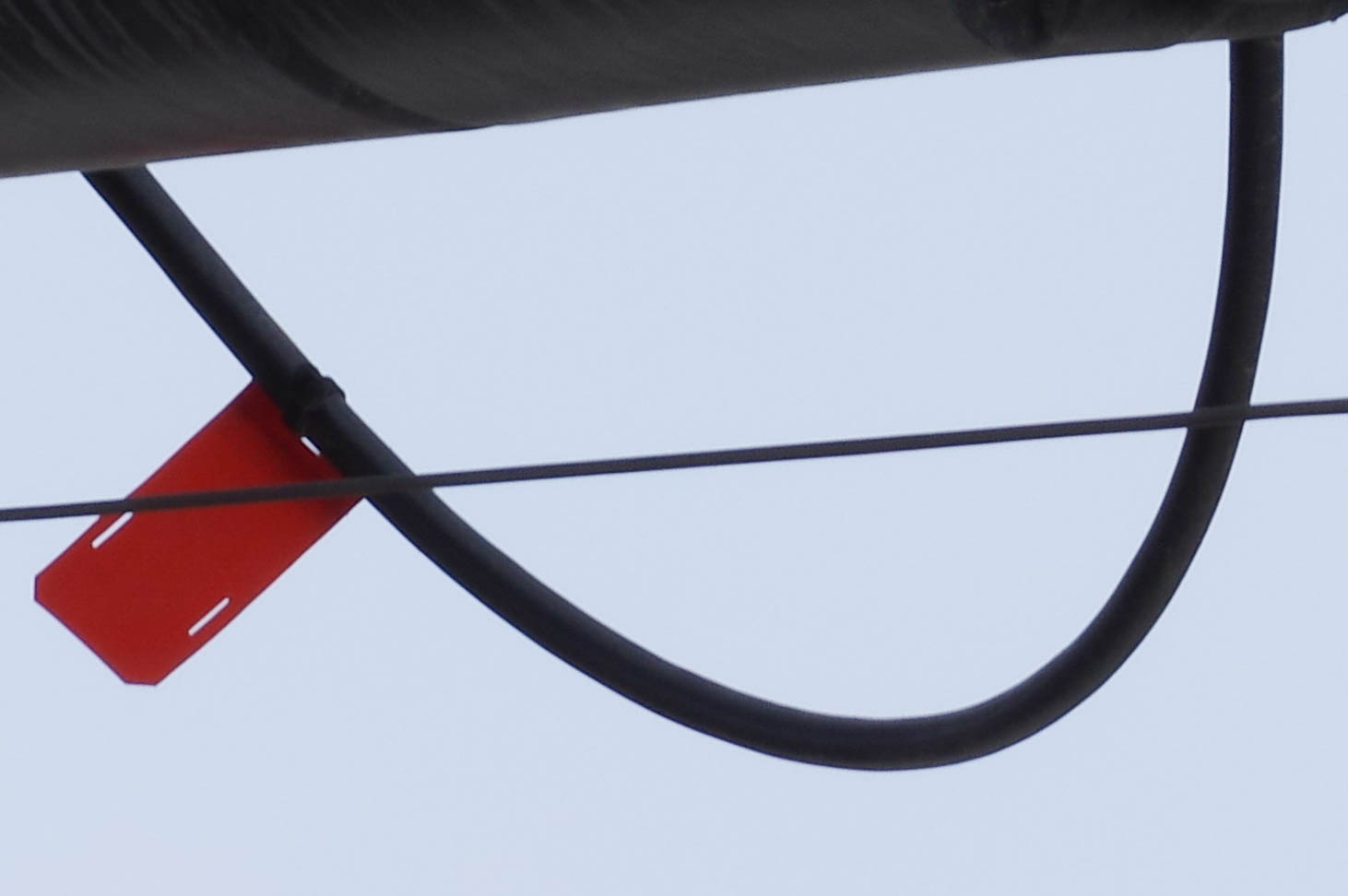 | 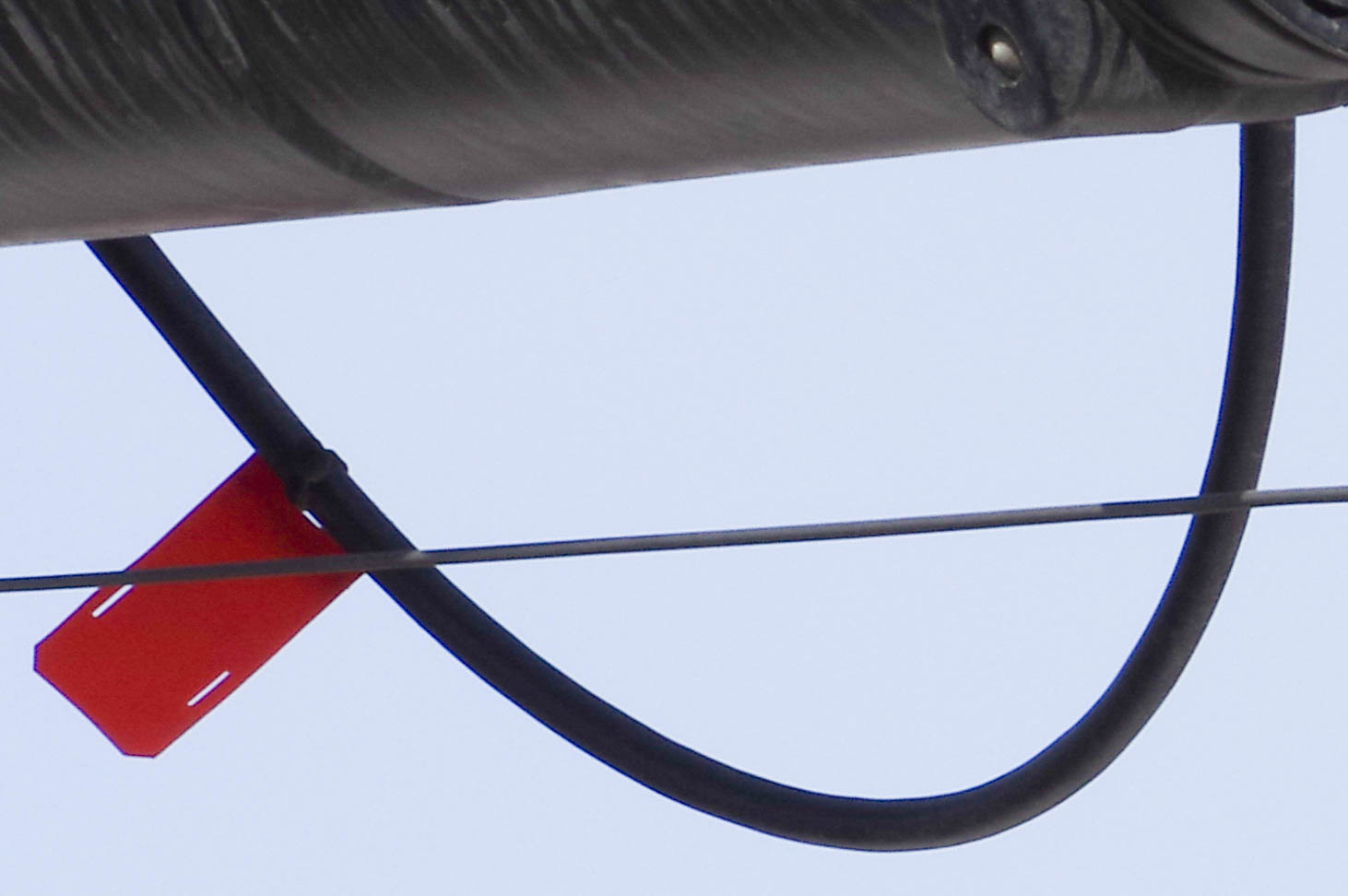 | 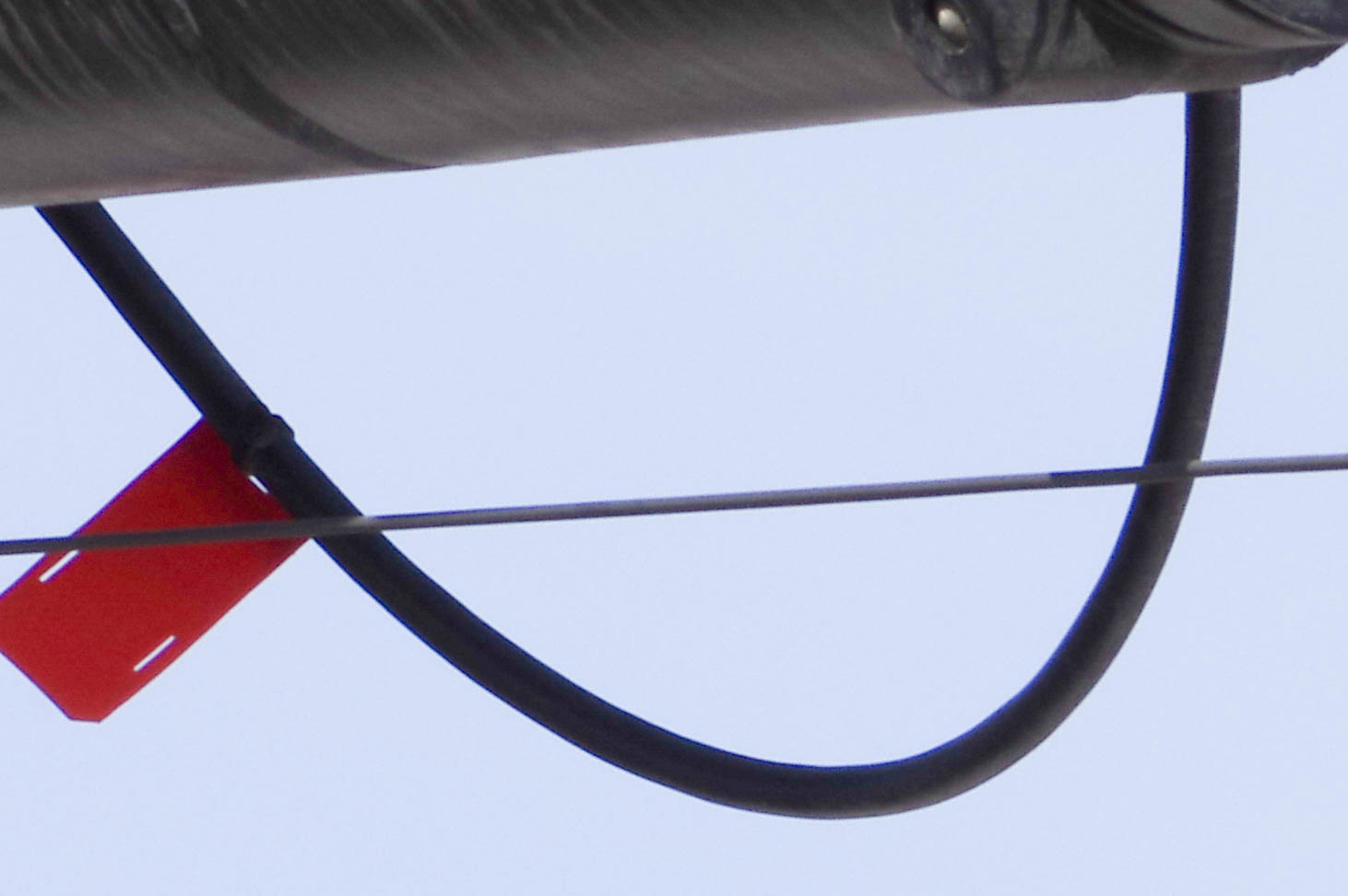 |
F32 | 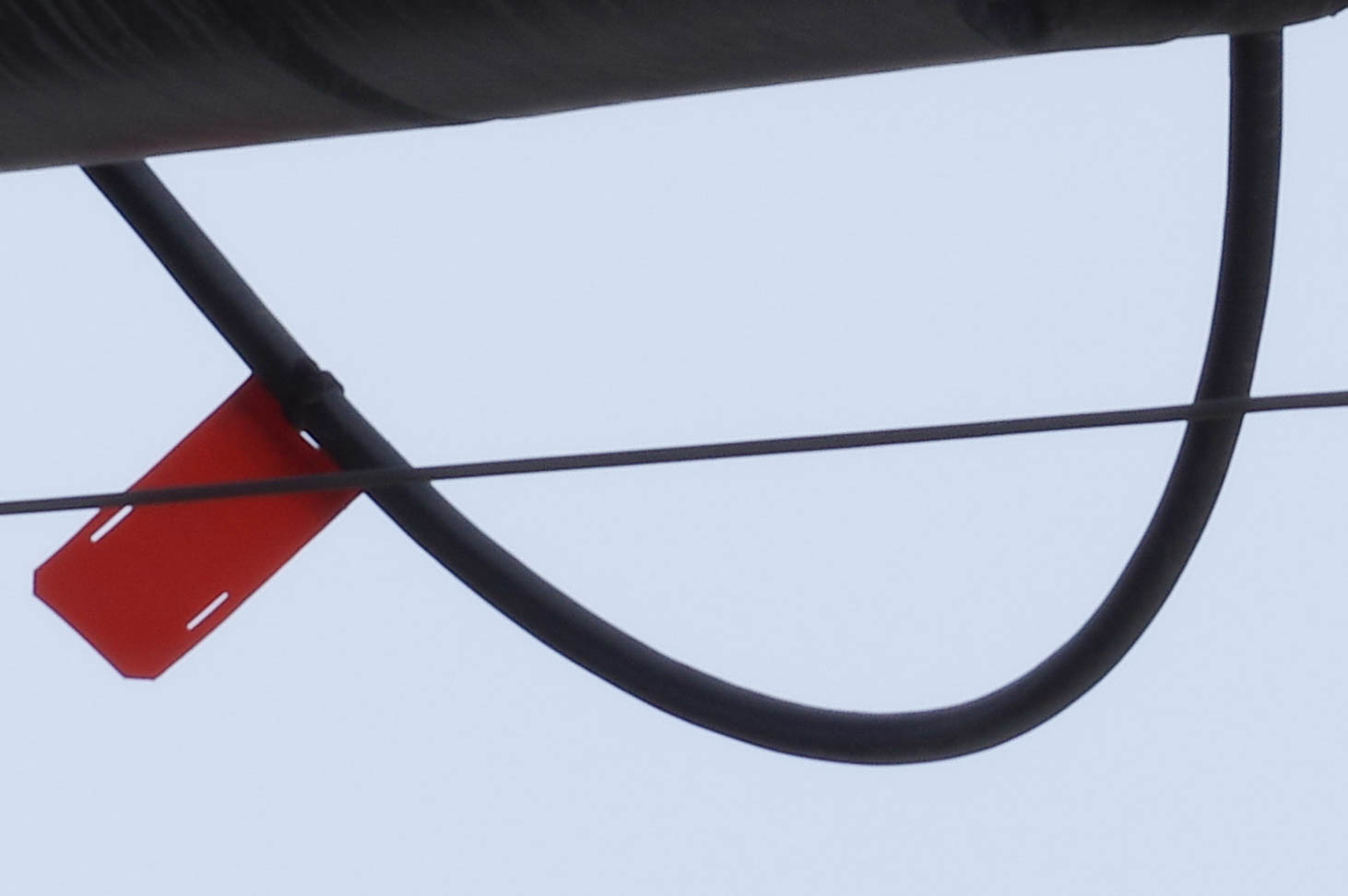 | 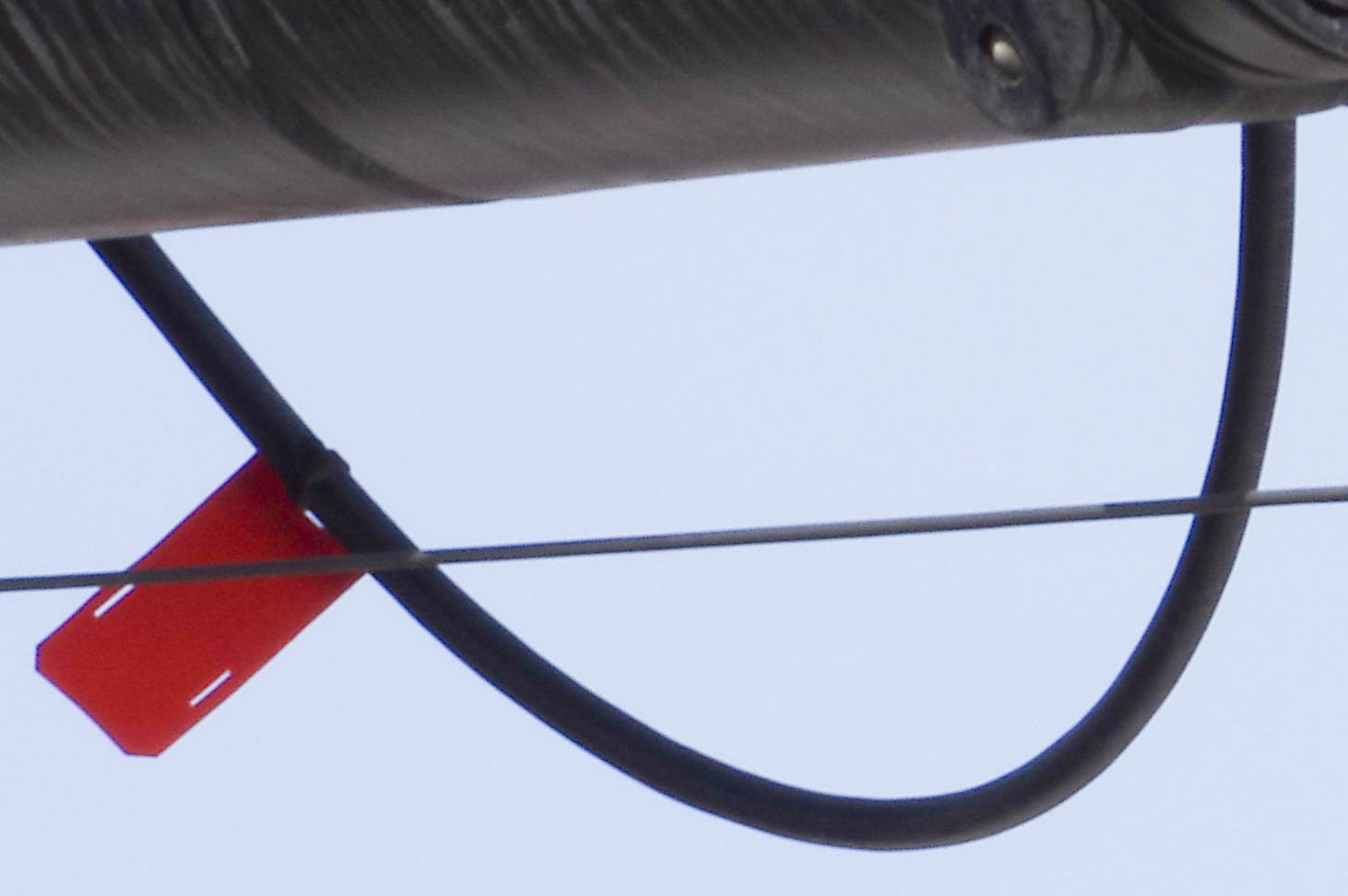 | 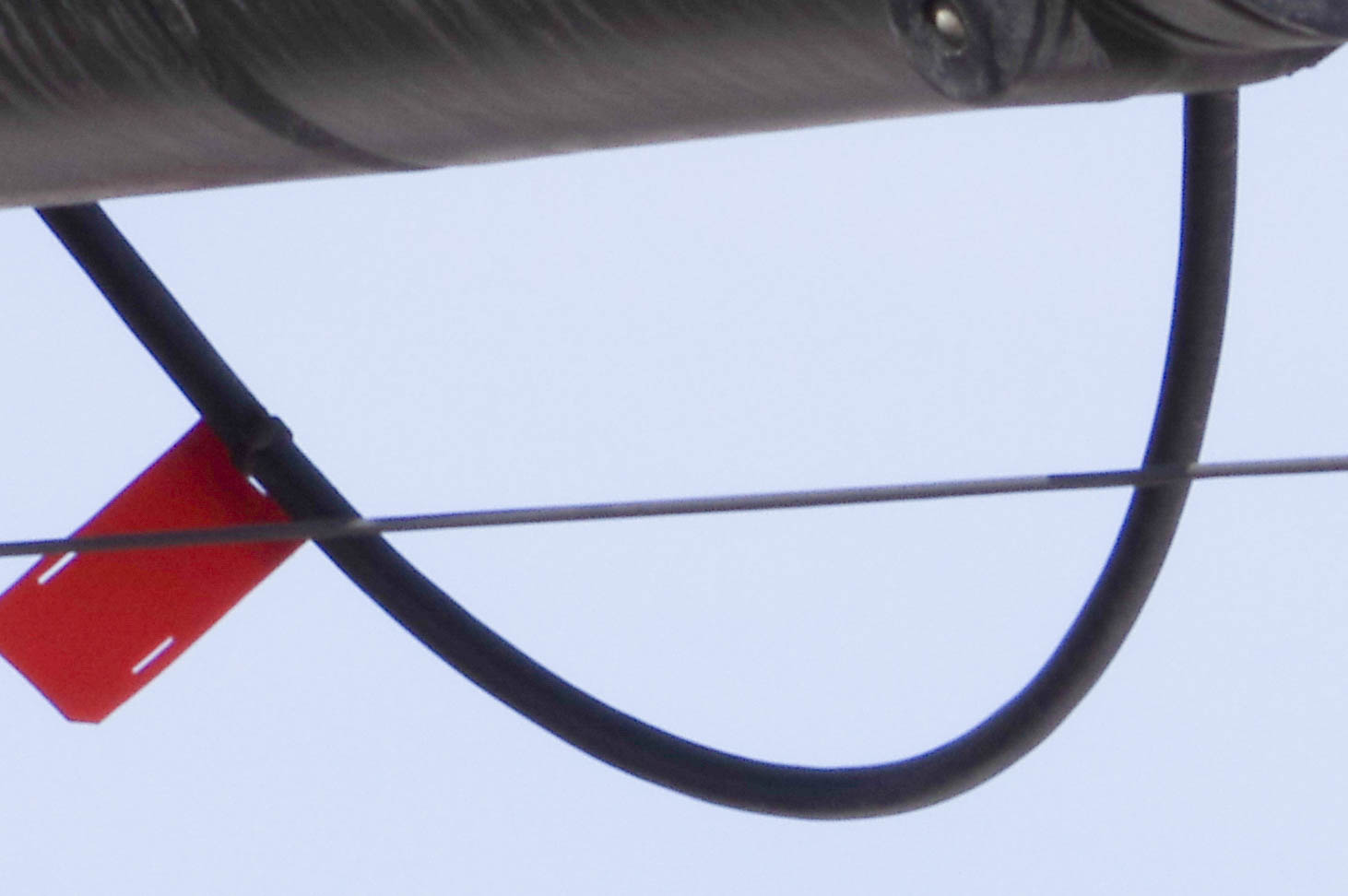 |
The real-life samples are consistent with the star chart tests we presented above. They show that while the lens does not reach the level of professional glass, it can perform adequately in good conditions.
On a side note, purple fringing is clearly visible in some cases.
Summary
The 55-300mm's resolution figures are best at 55mm. They degrade when the focal length extends. This might be surprising for a lens likely to be used at its long end more often than not.
At 300mm, results are adequate, no more and no less. 135mm shows excellent center sharpness, but lower figures on the edges and corner (coupled with a potential decentering, hinted at from the differences between corners and edges). 55mm samples are excellent across the frame at F8.

Action photography with the new 55-300mm (click to enlarge)
Real-life samples are consistent with the test charts, but since we usually don't pixel-peep when taking actual photos, we still feel this lens will deliver the level of performance that most users expect.


